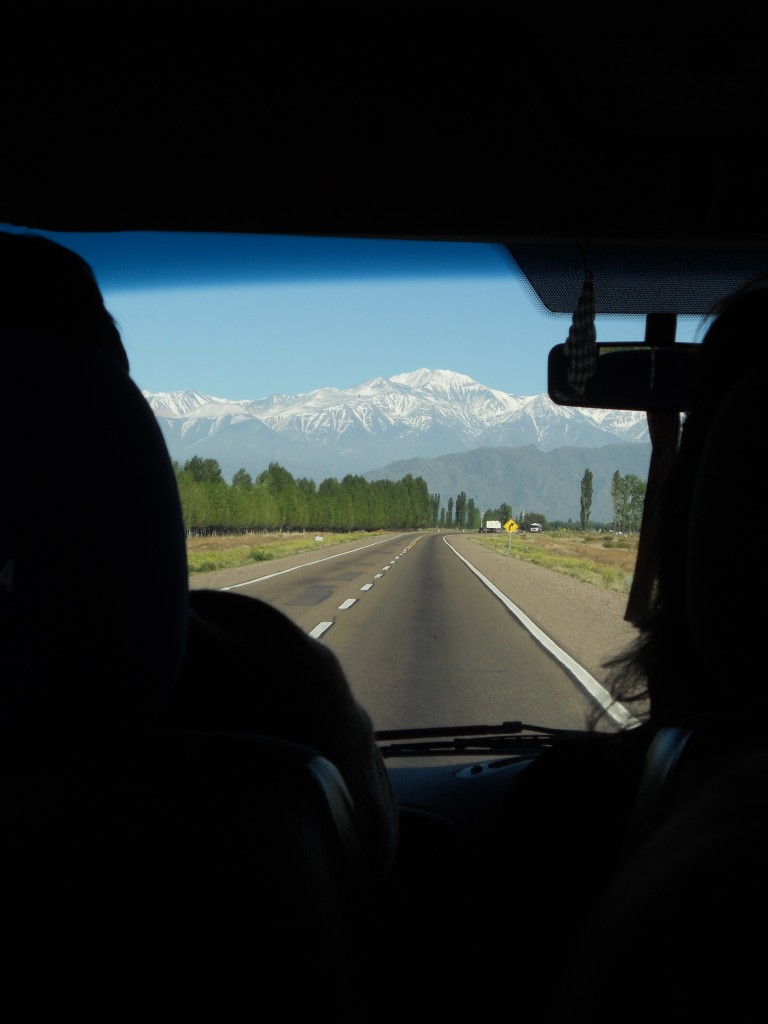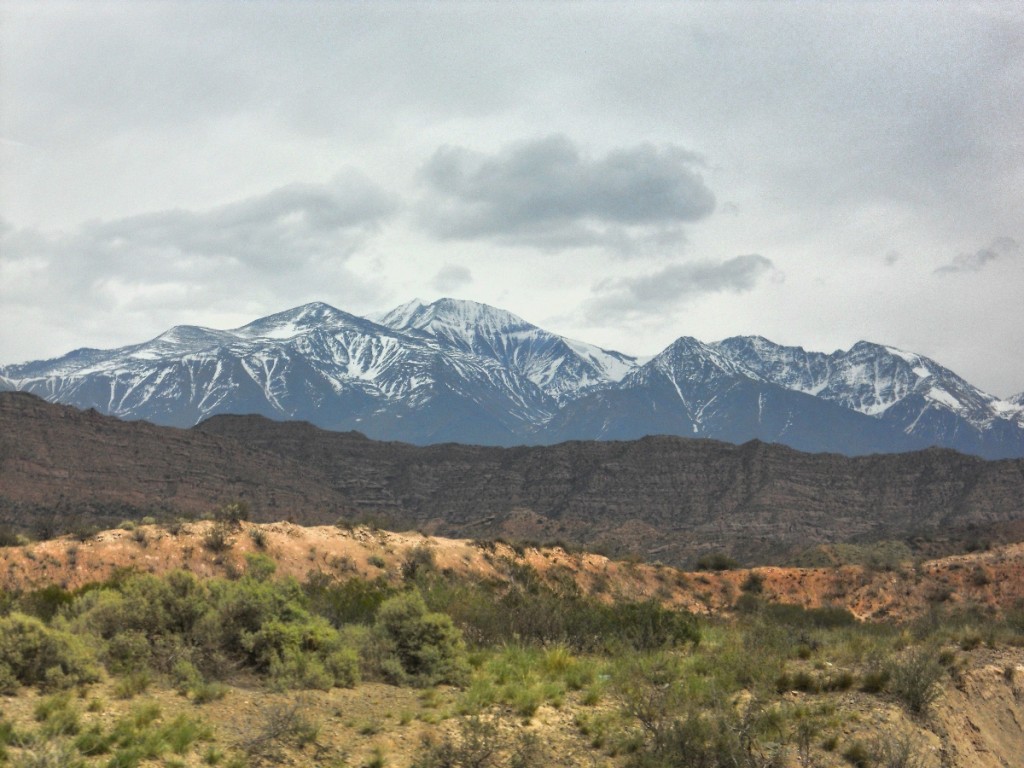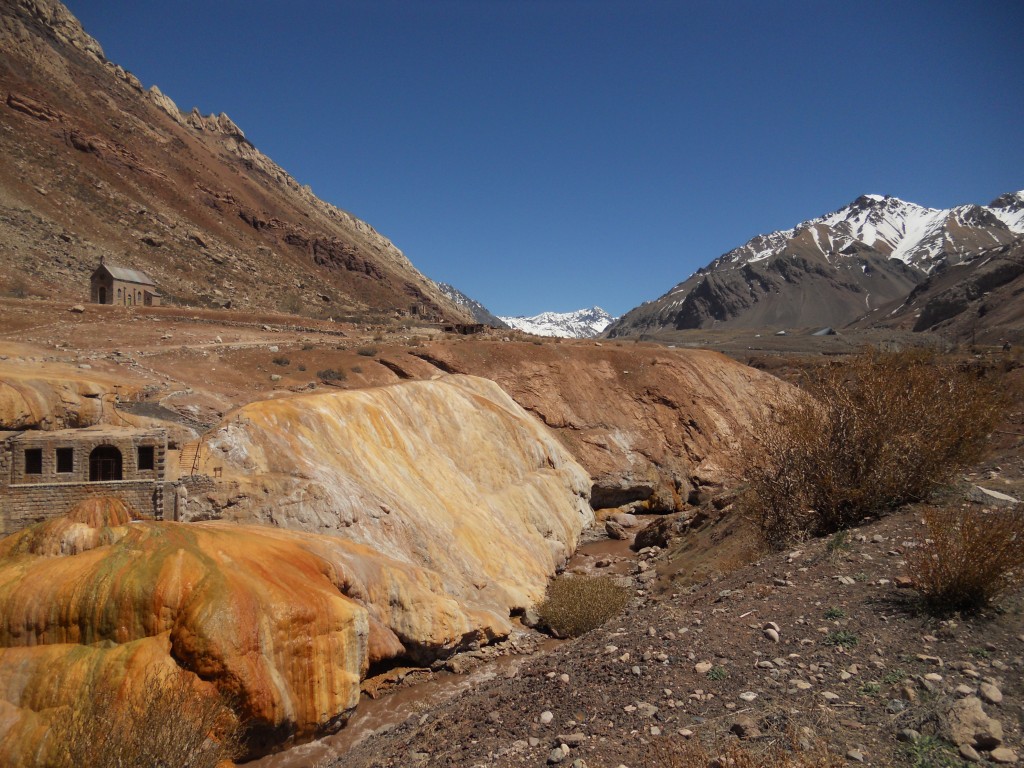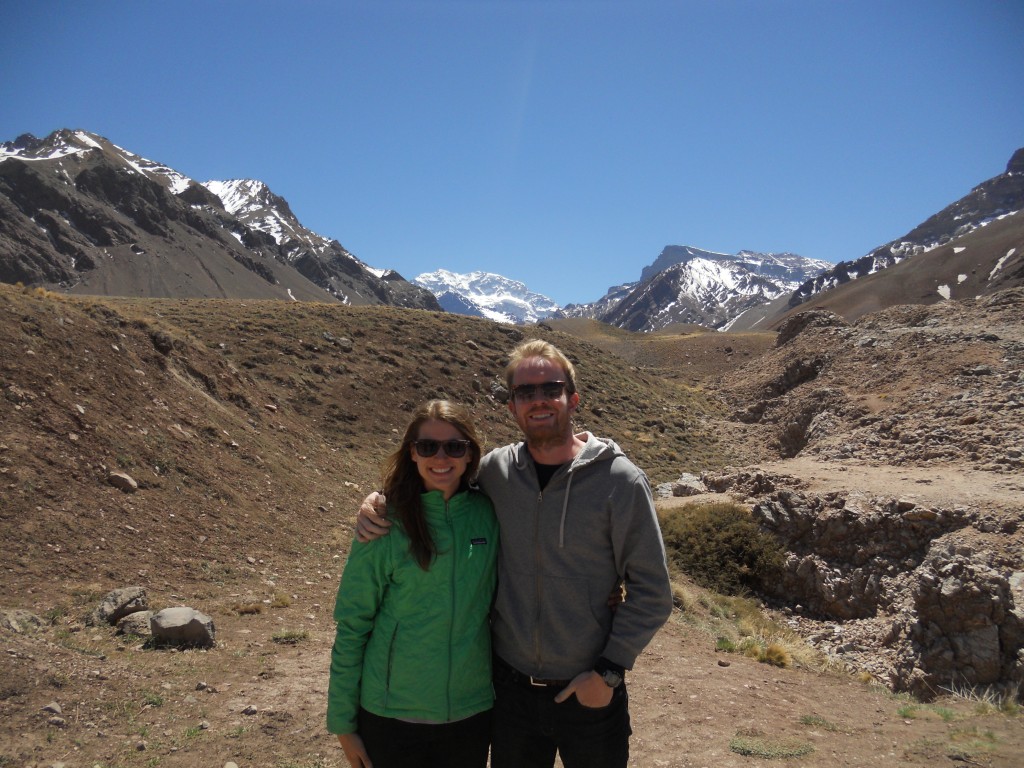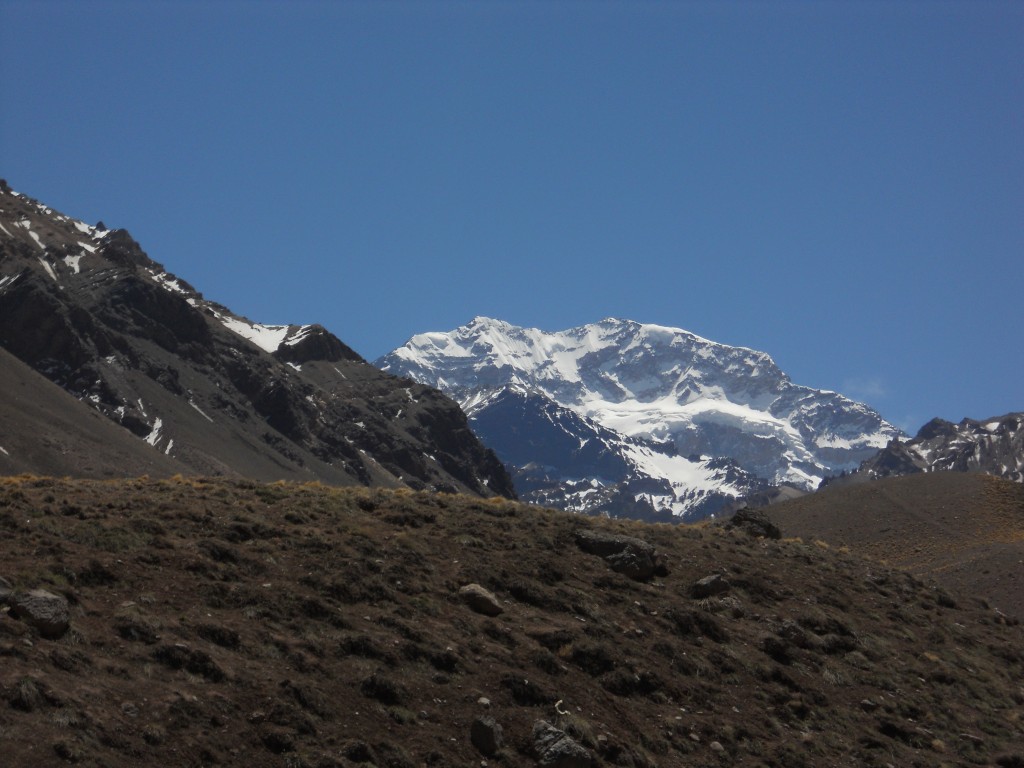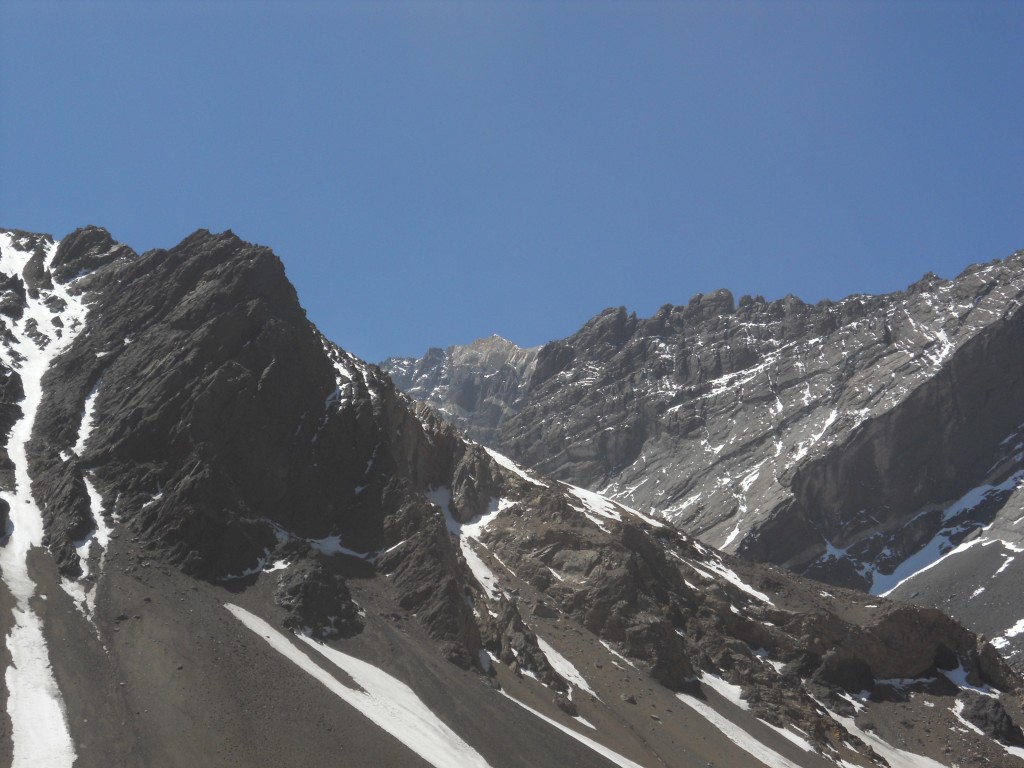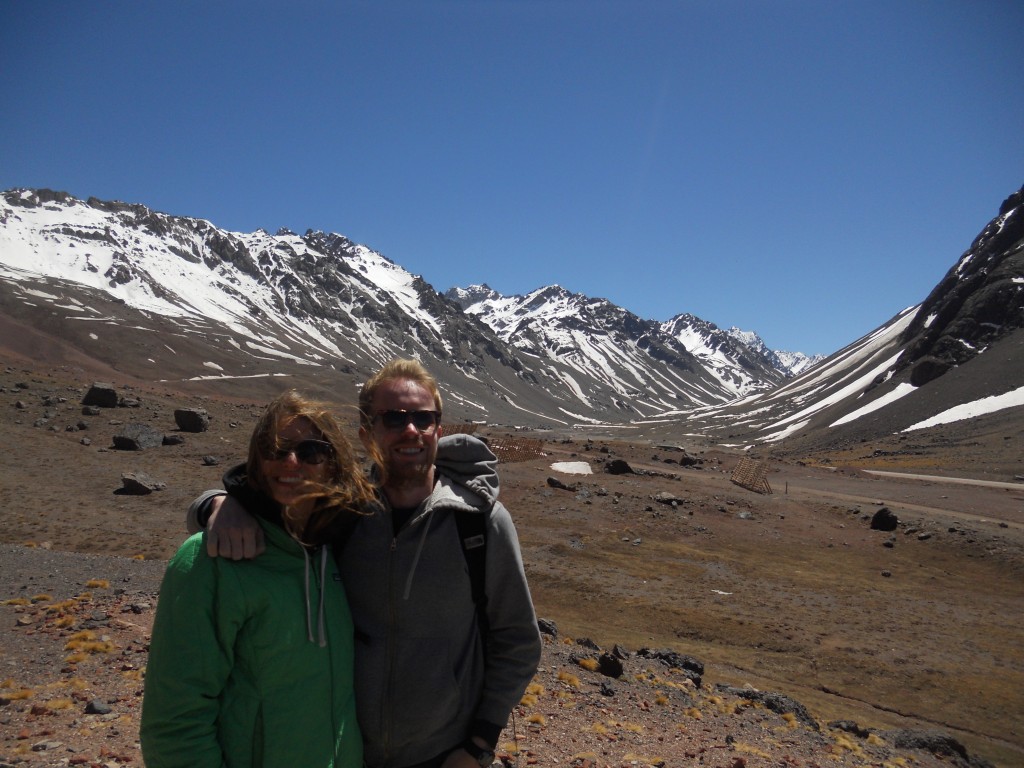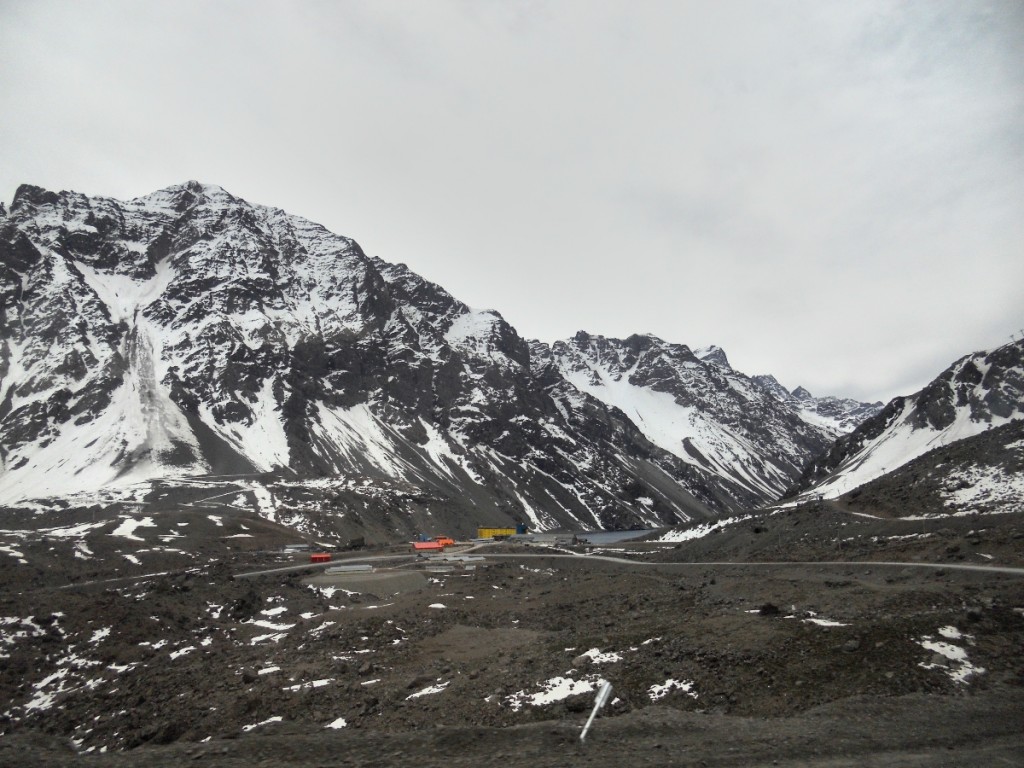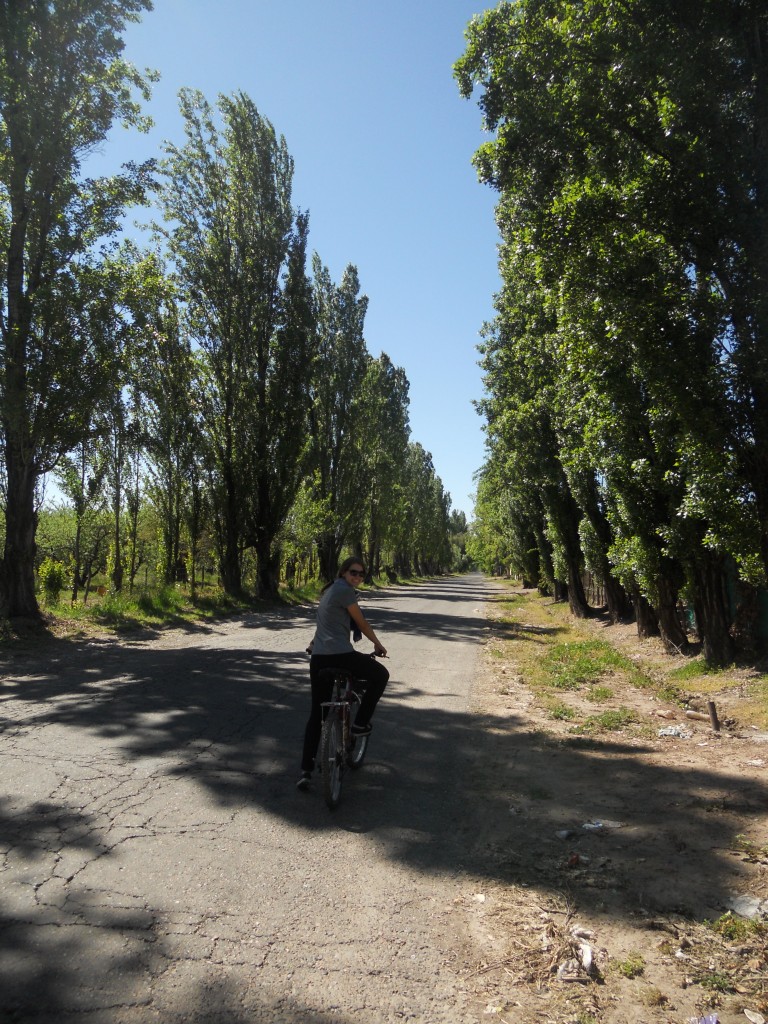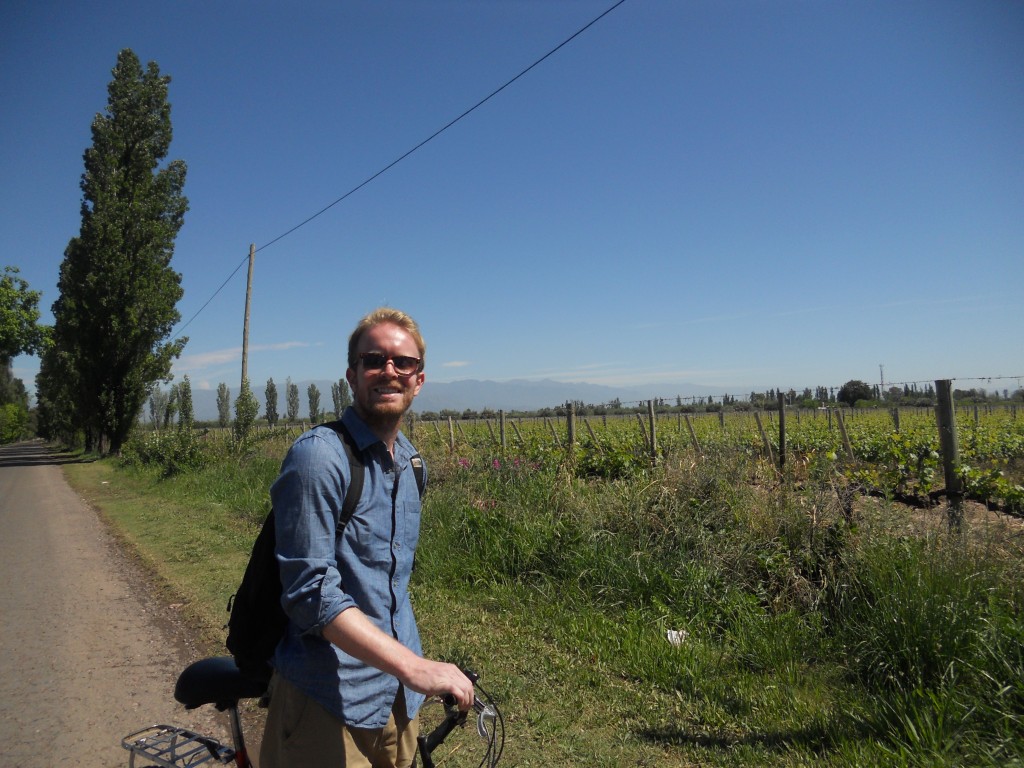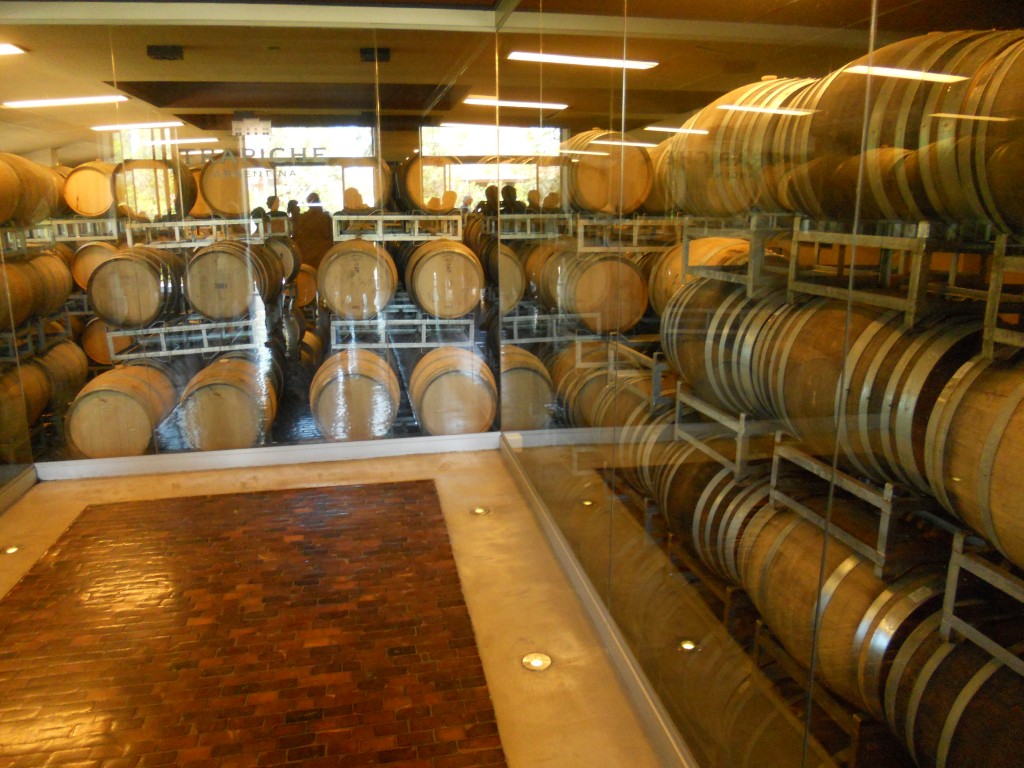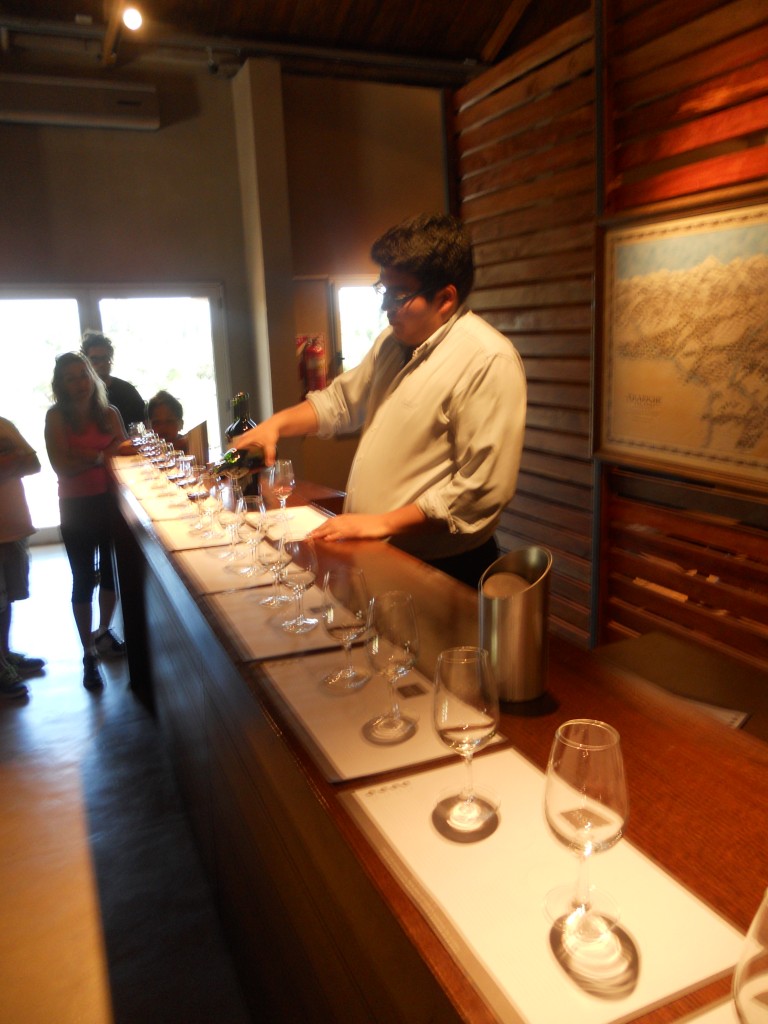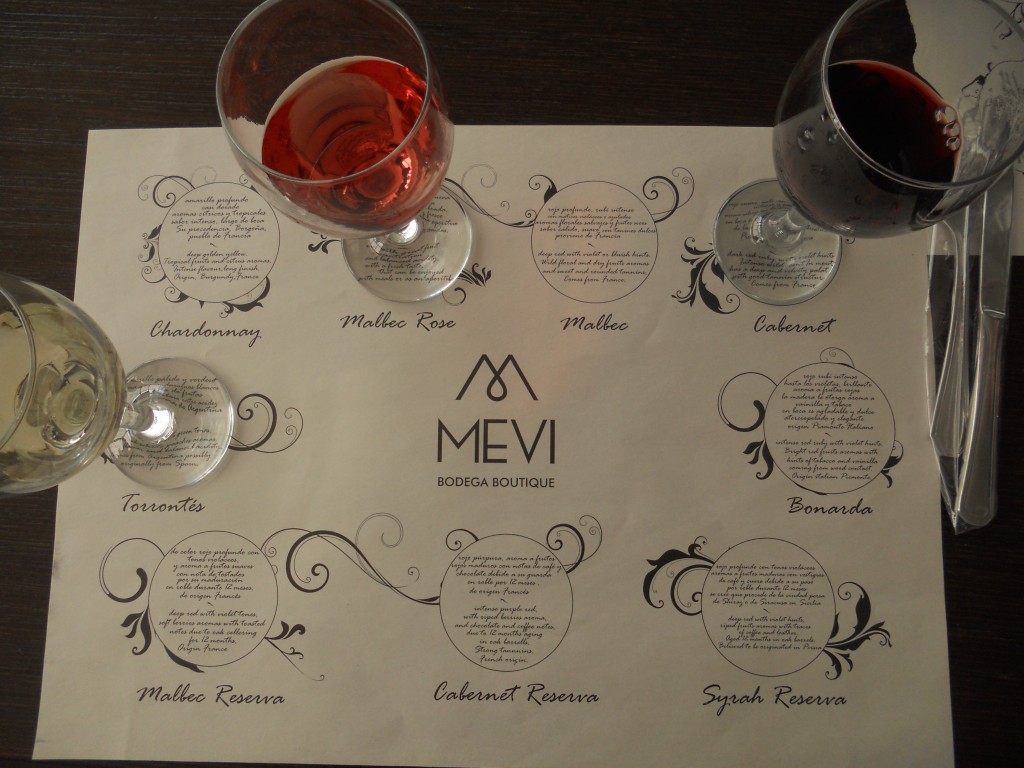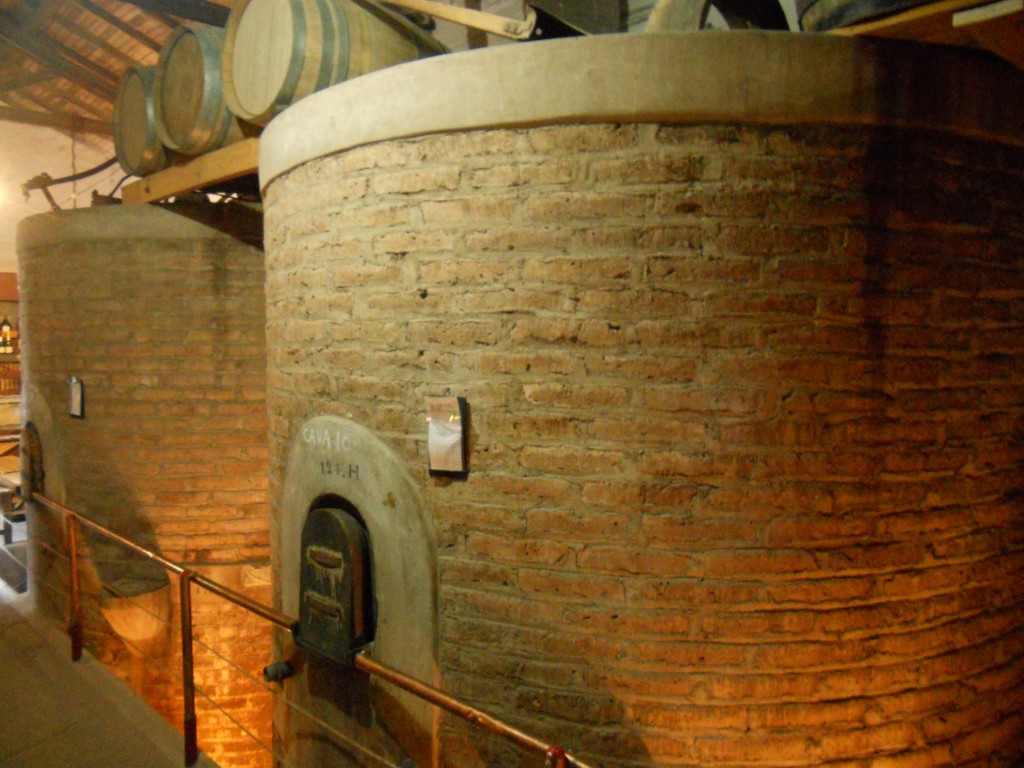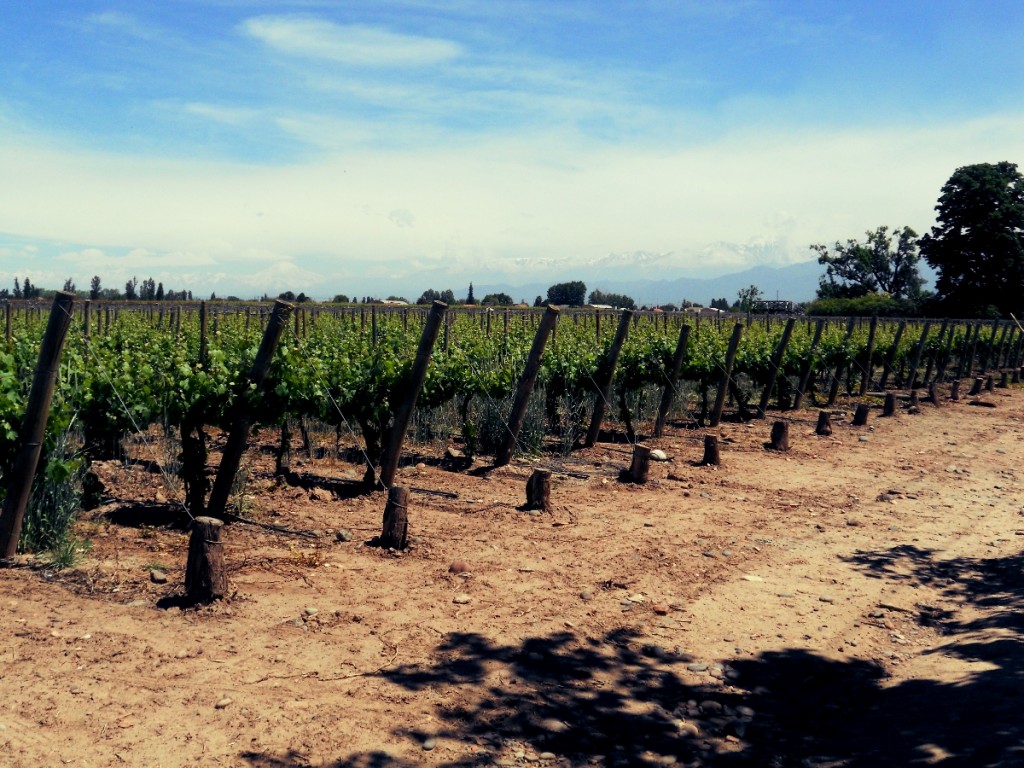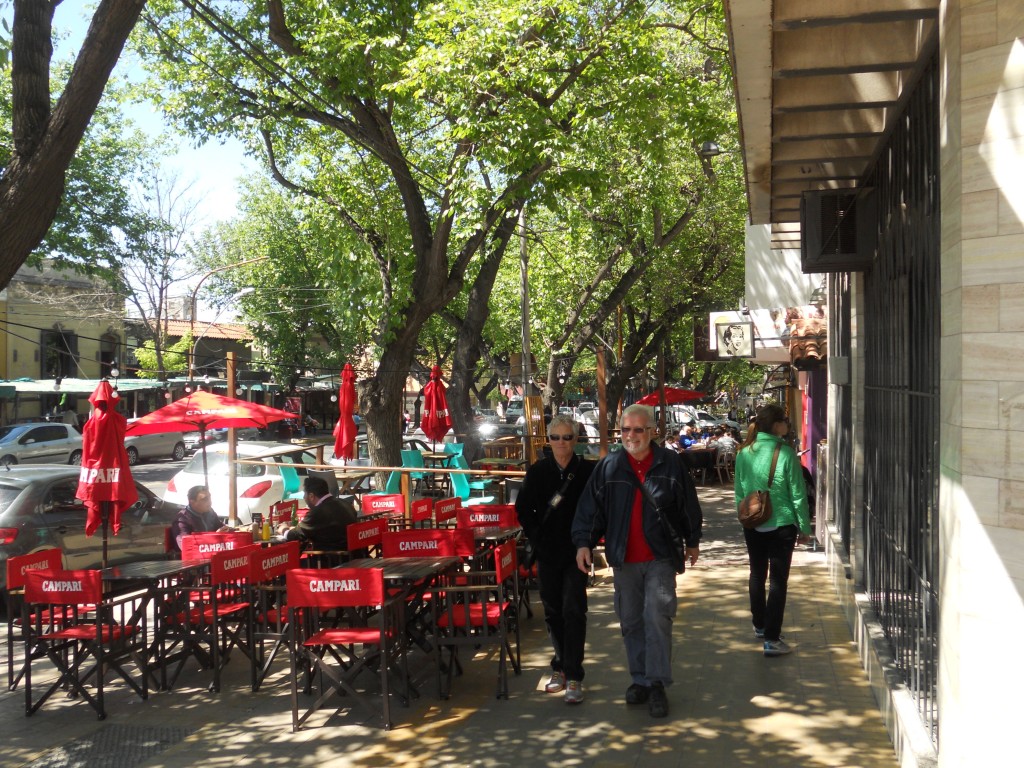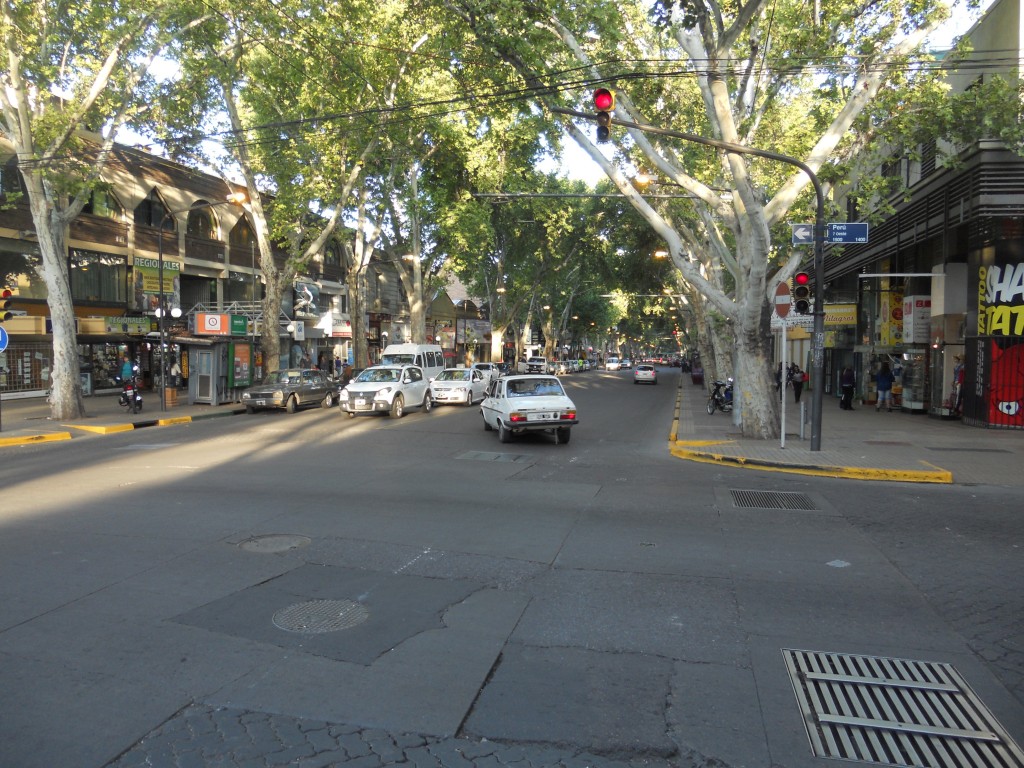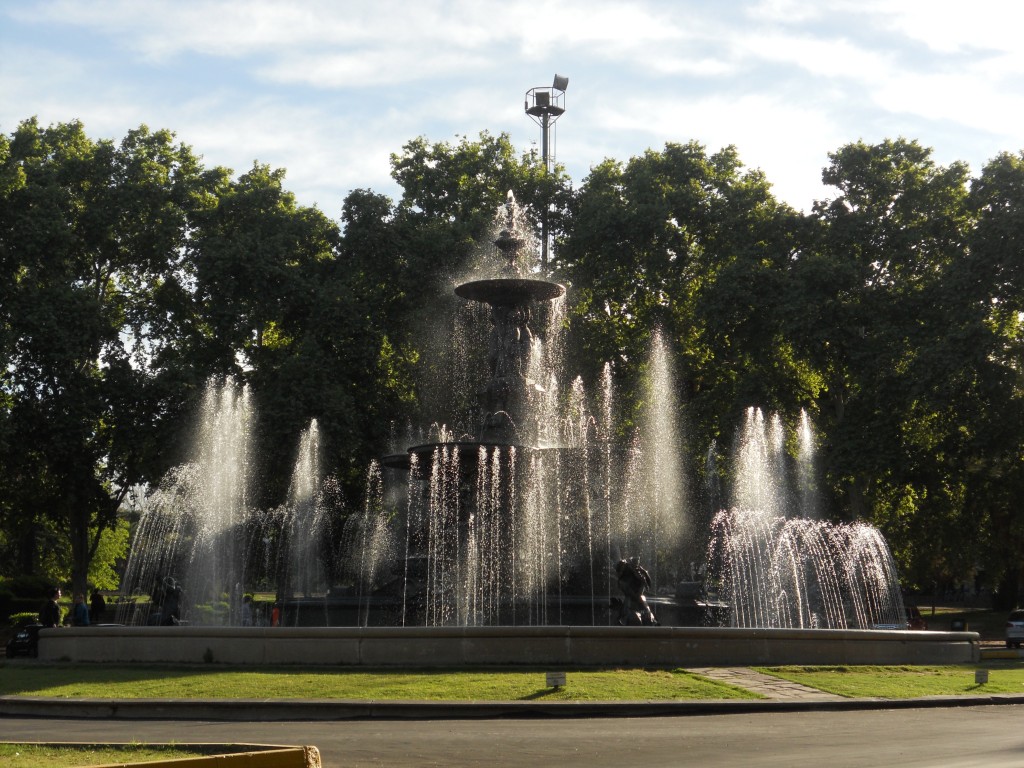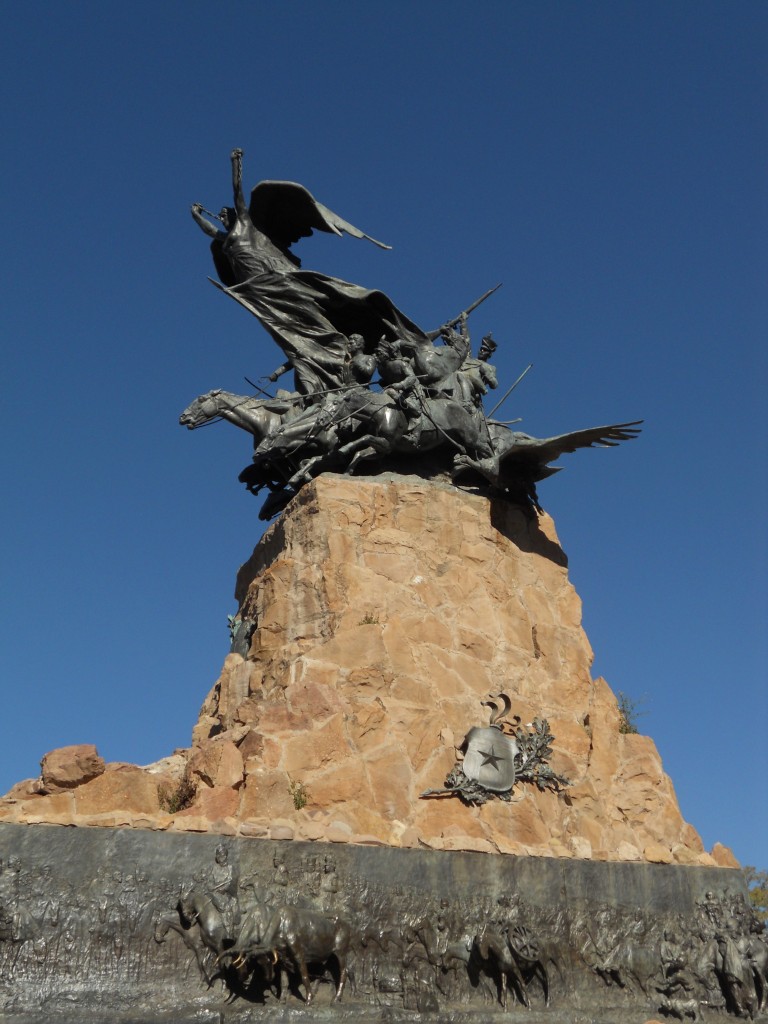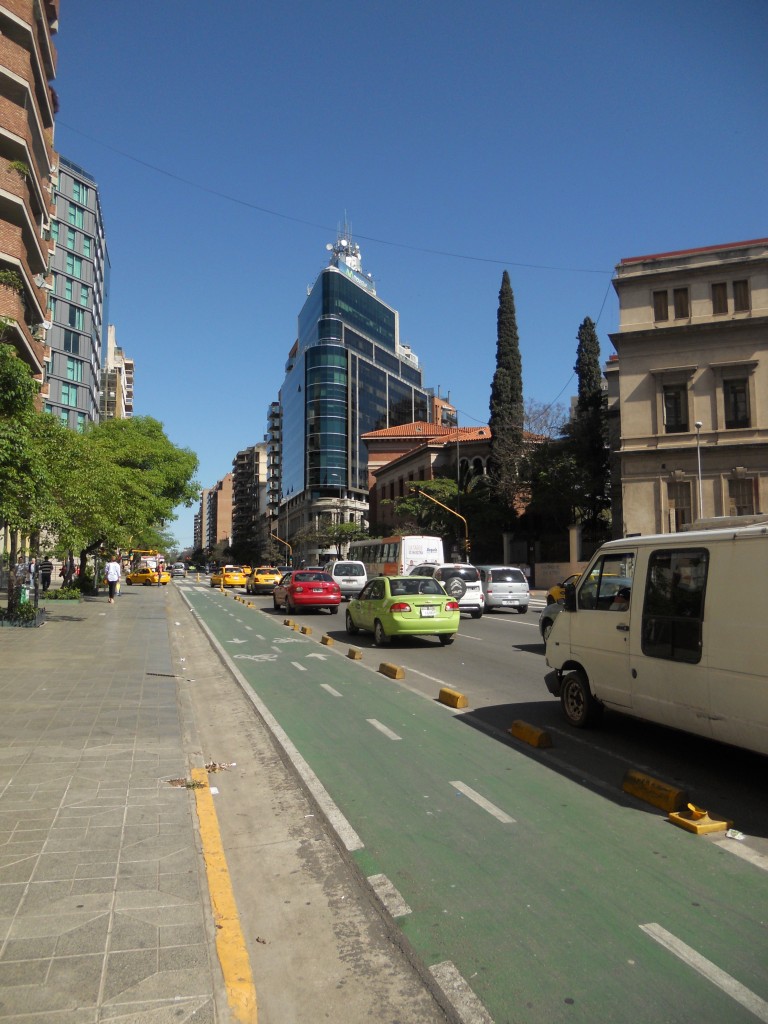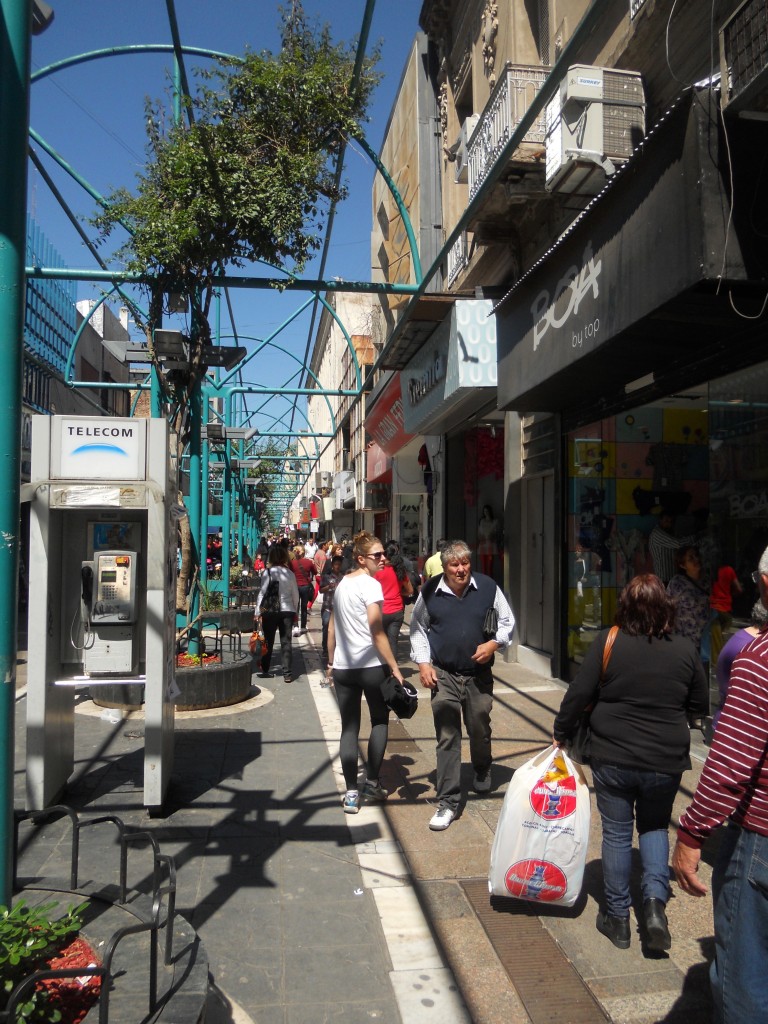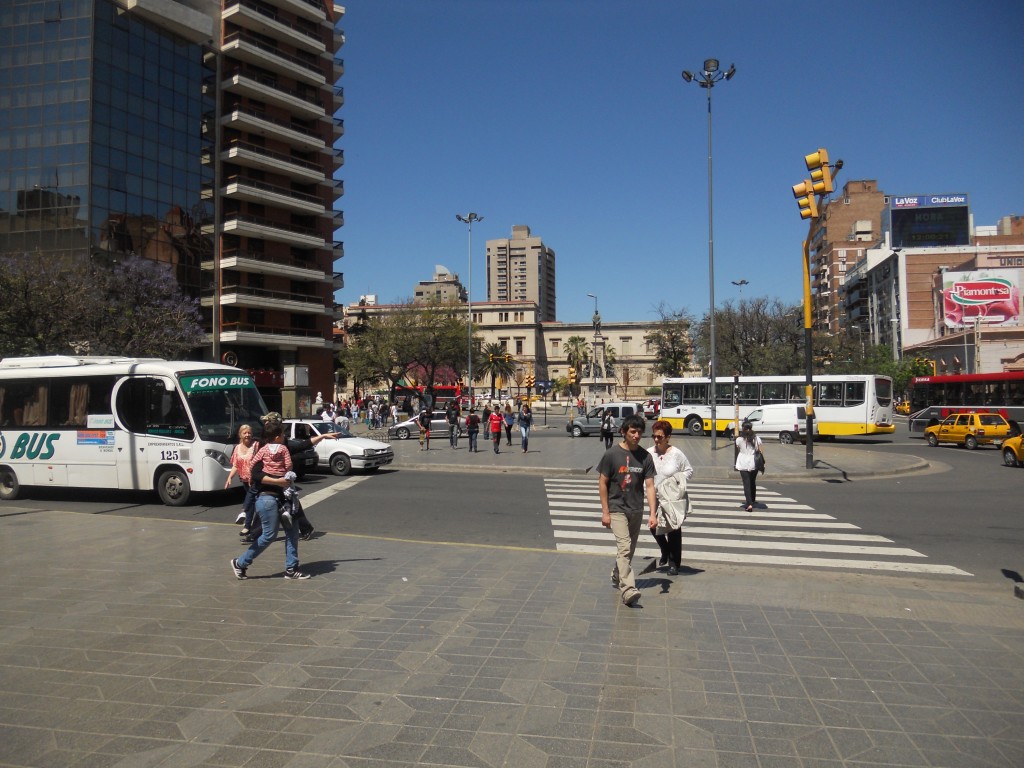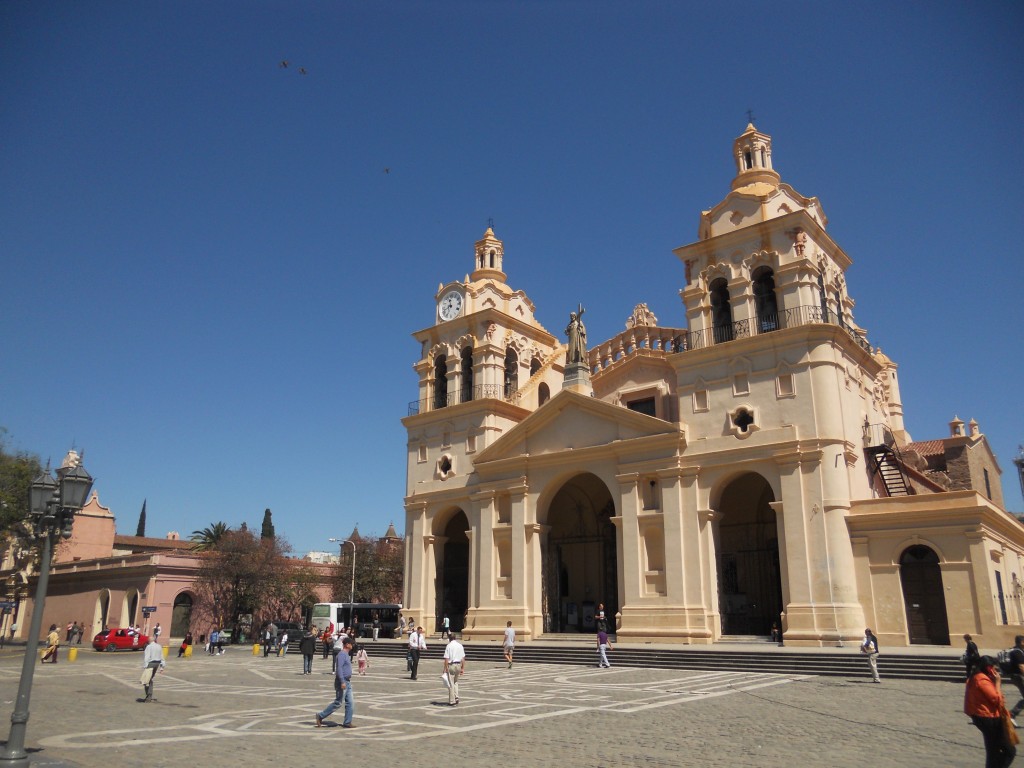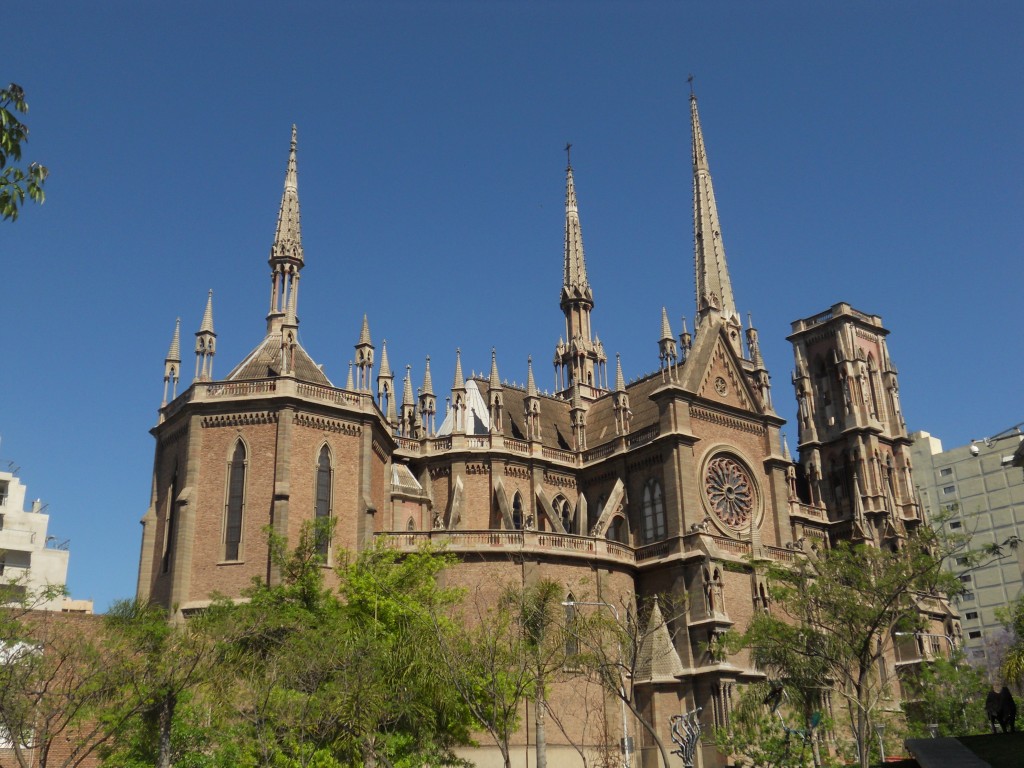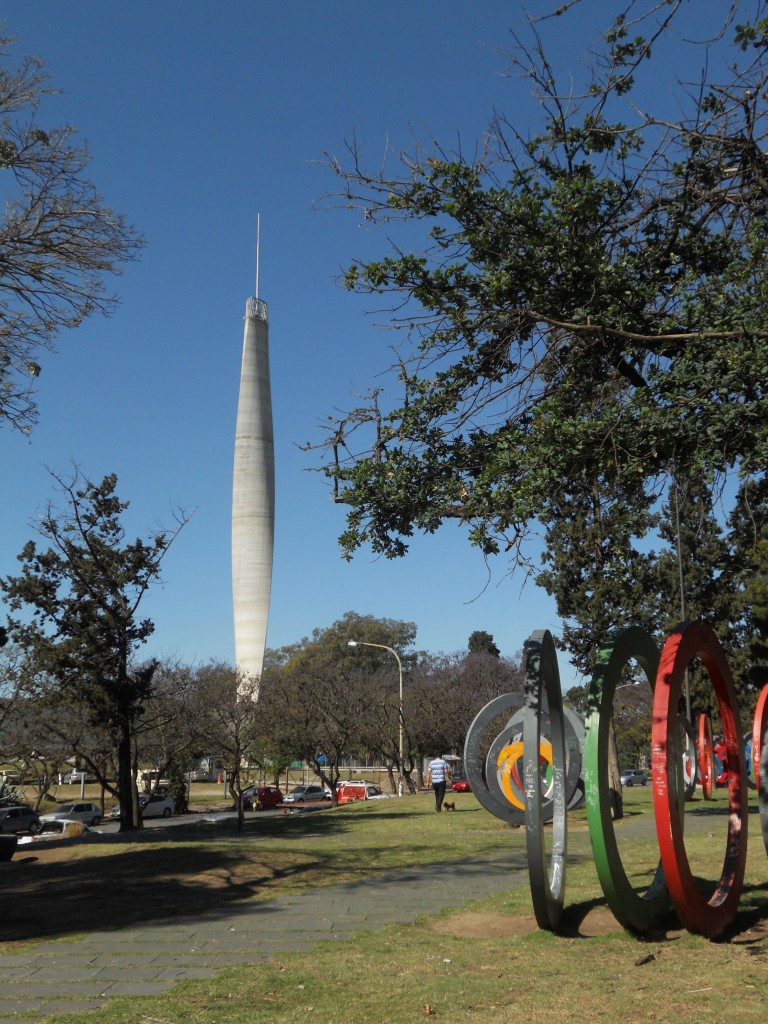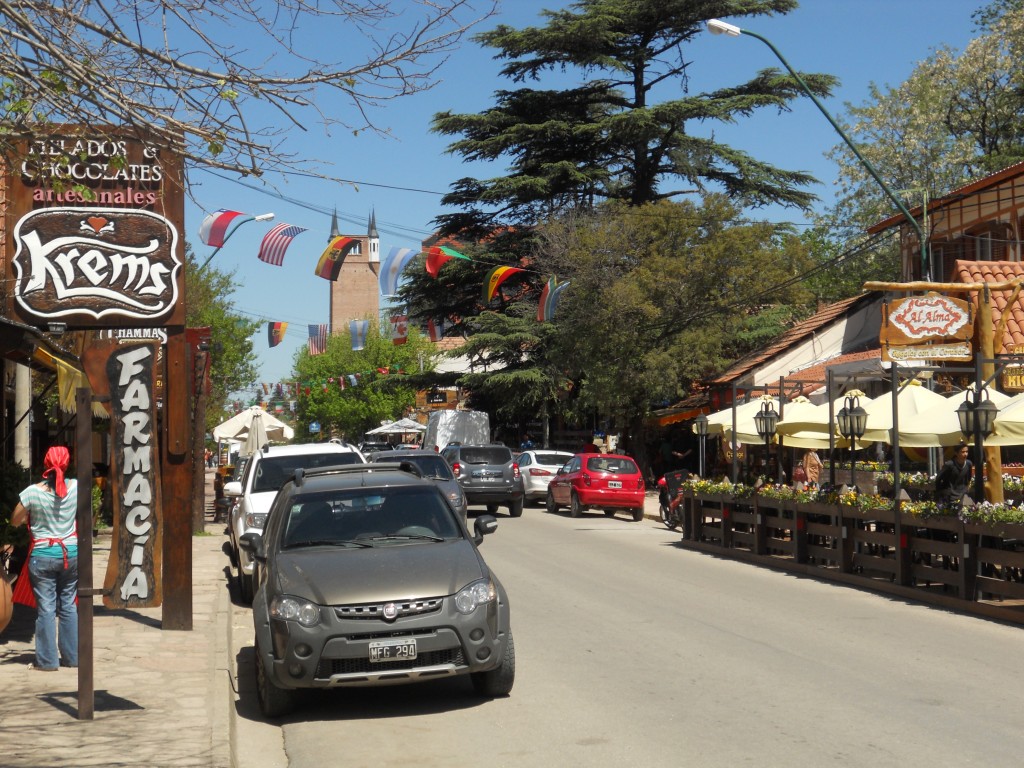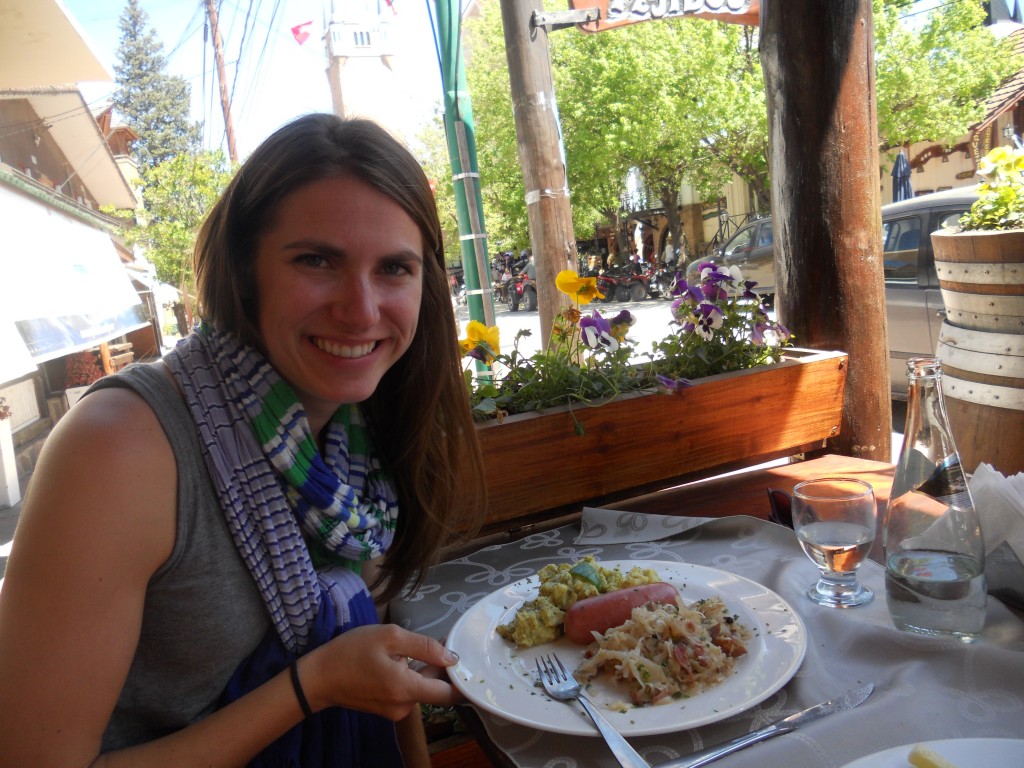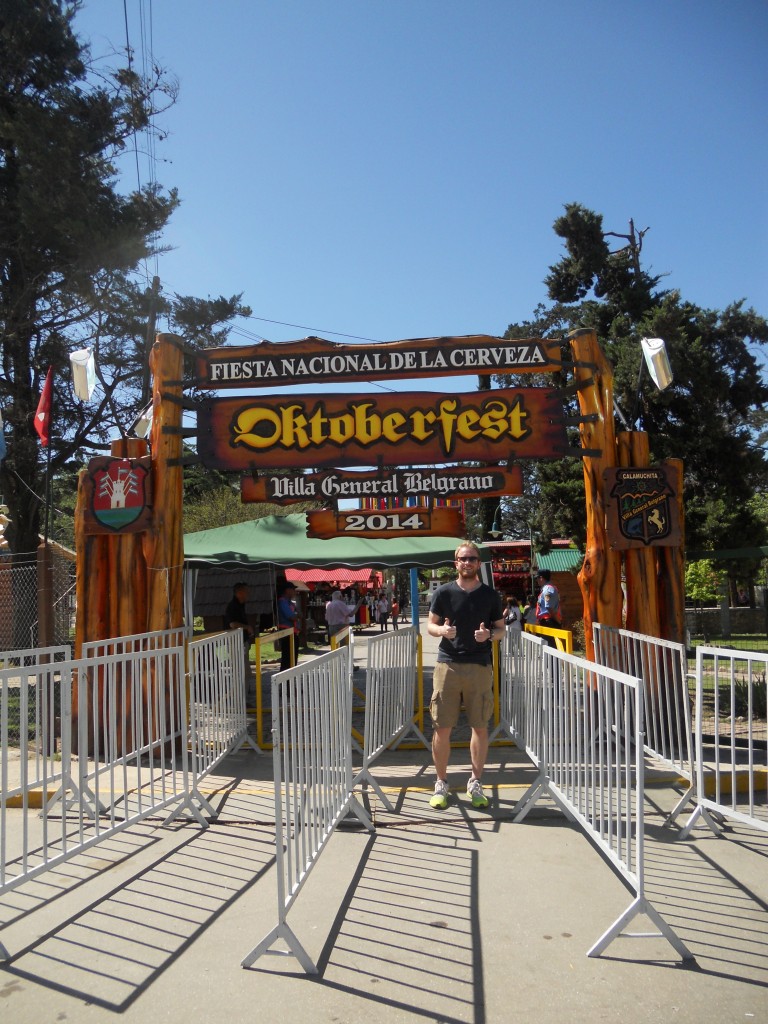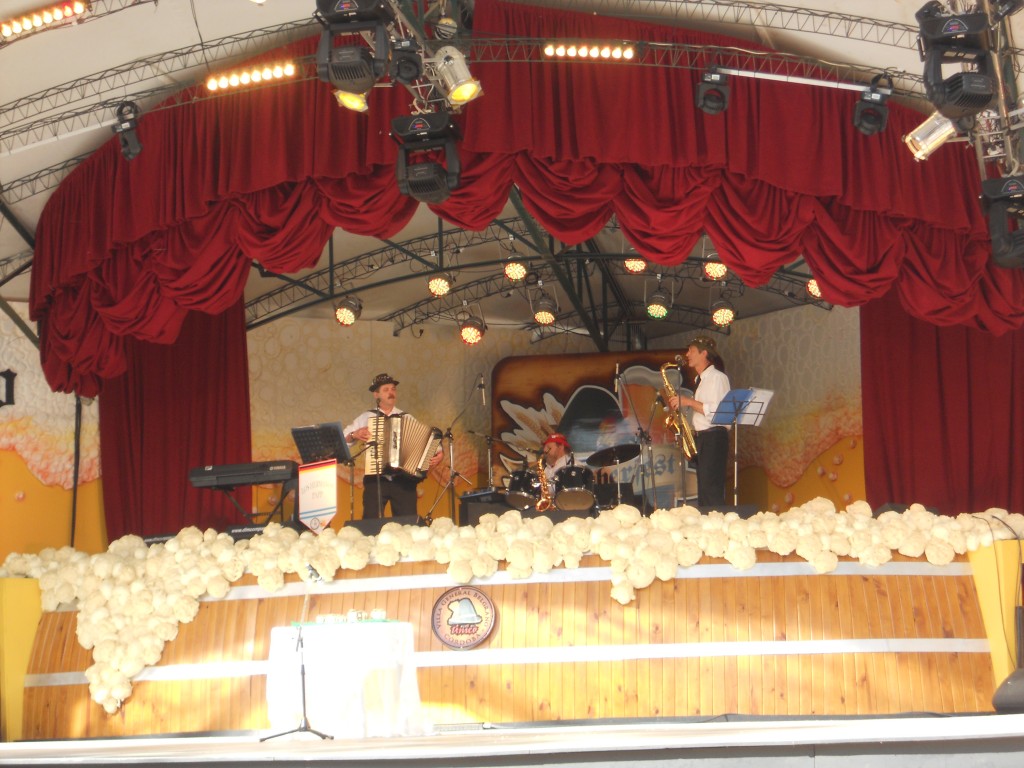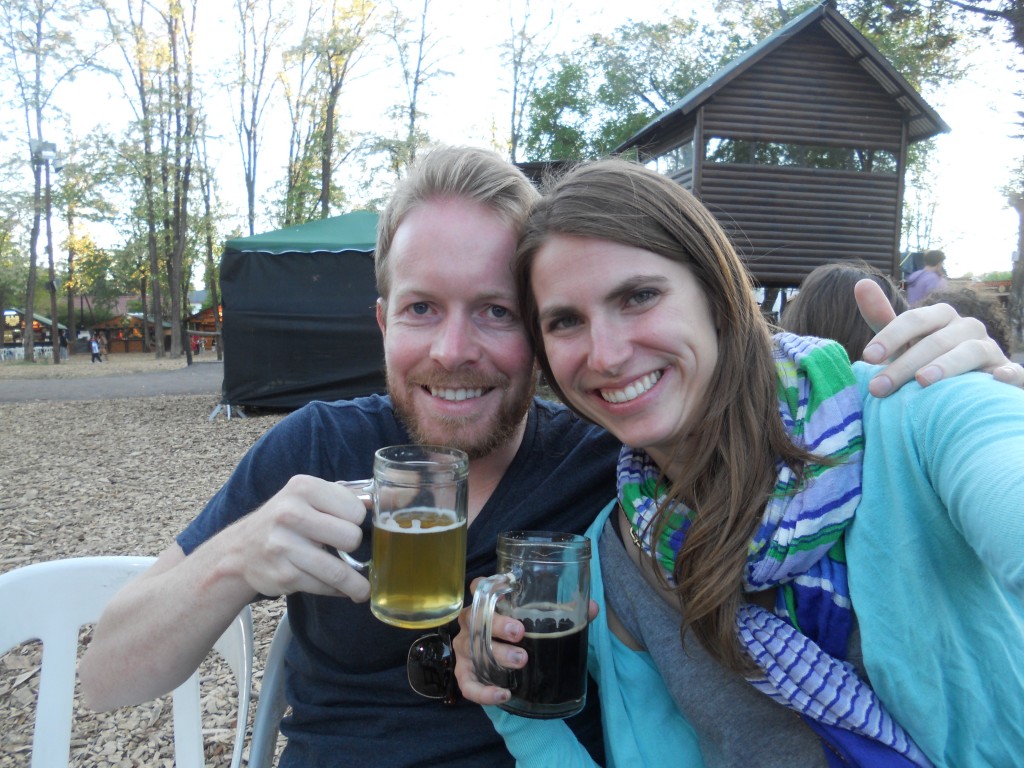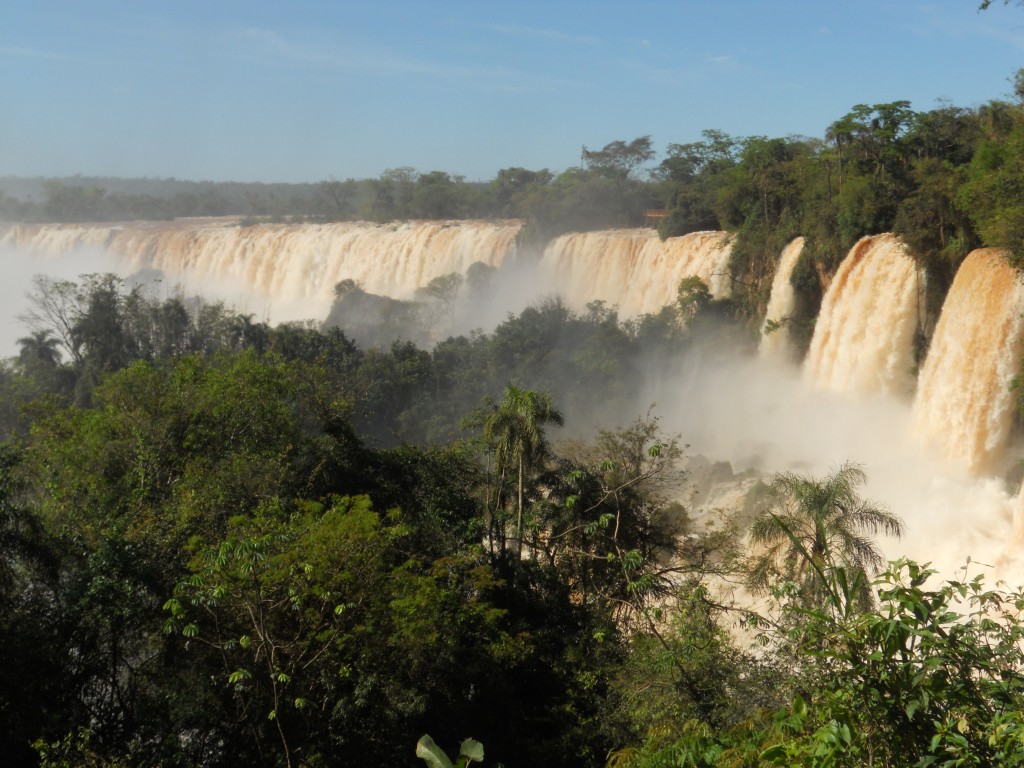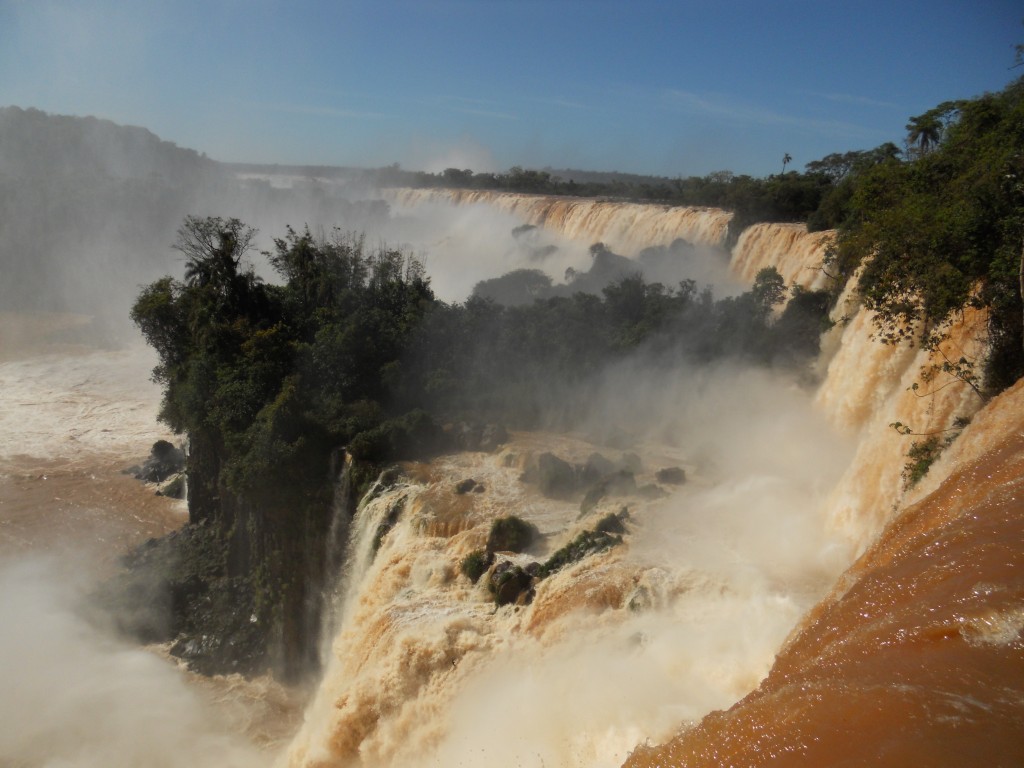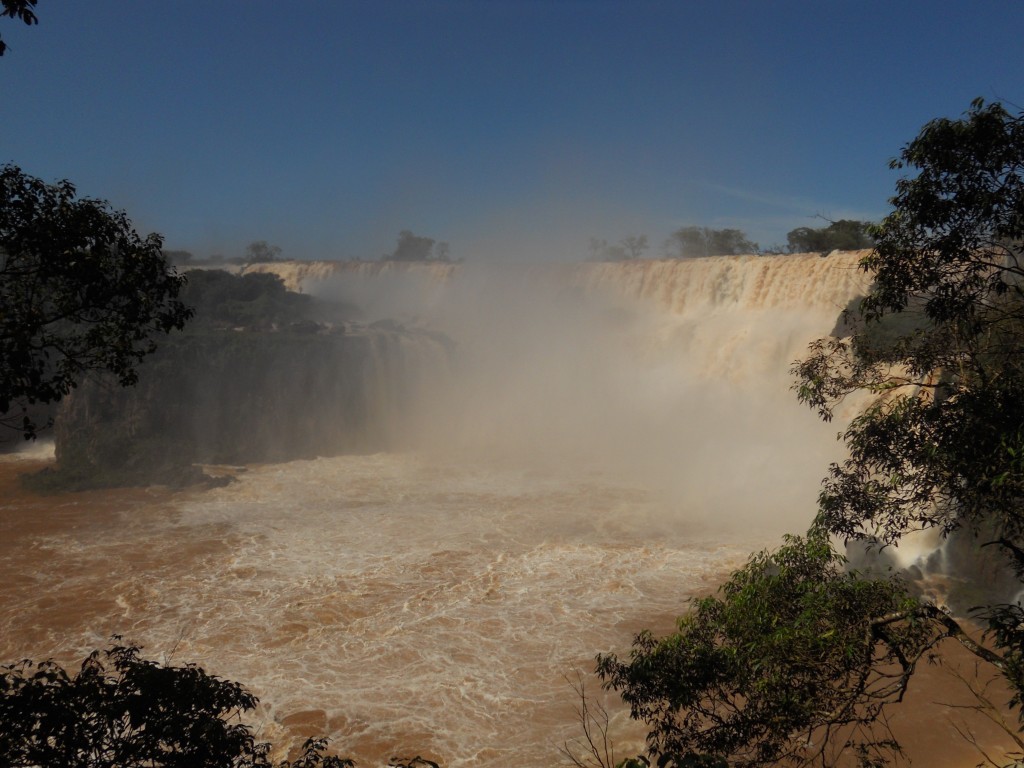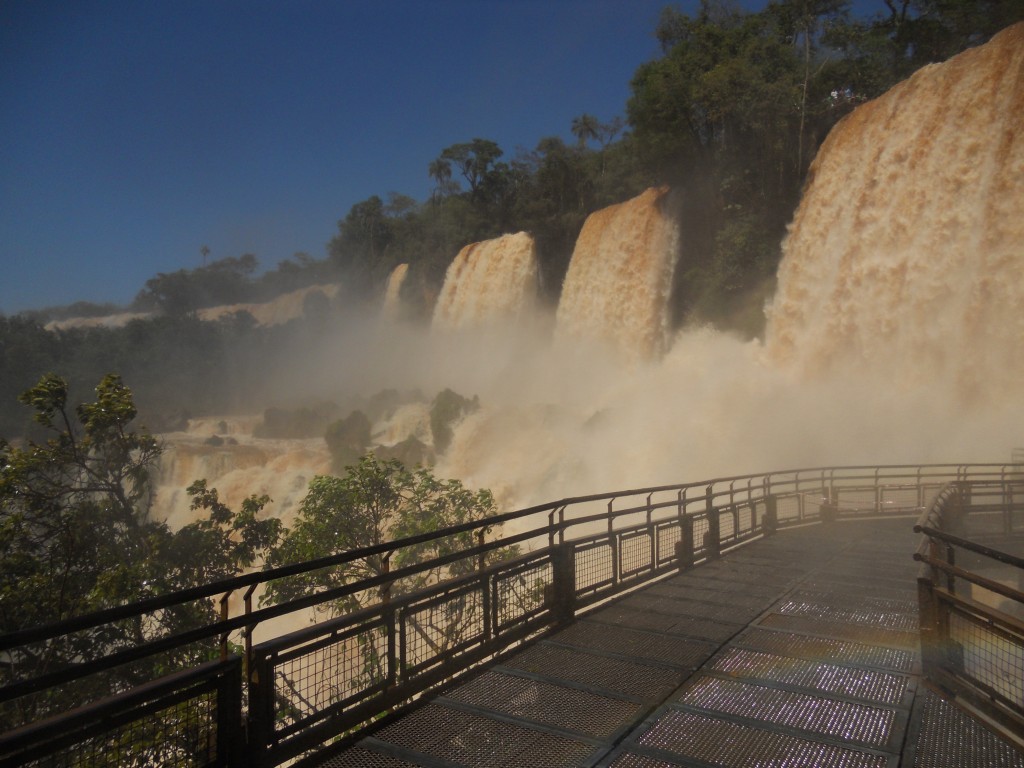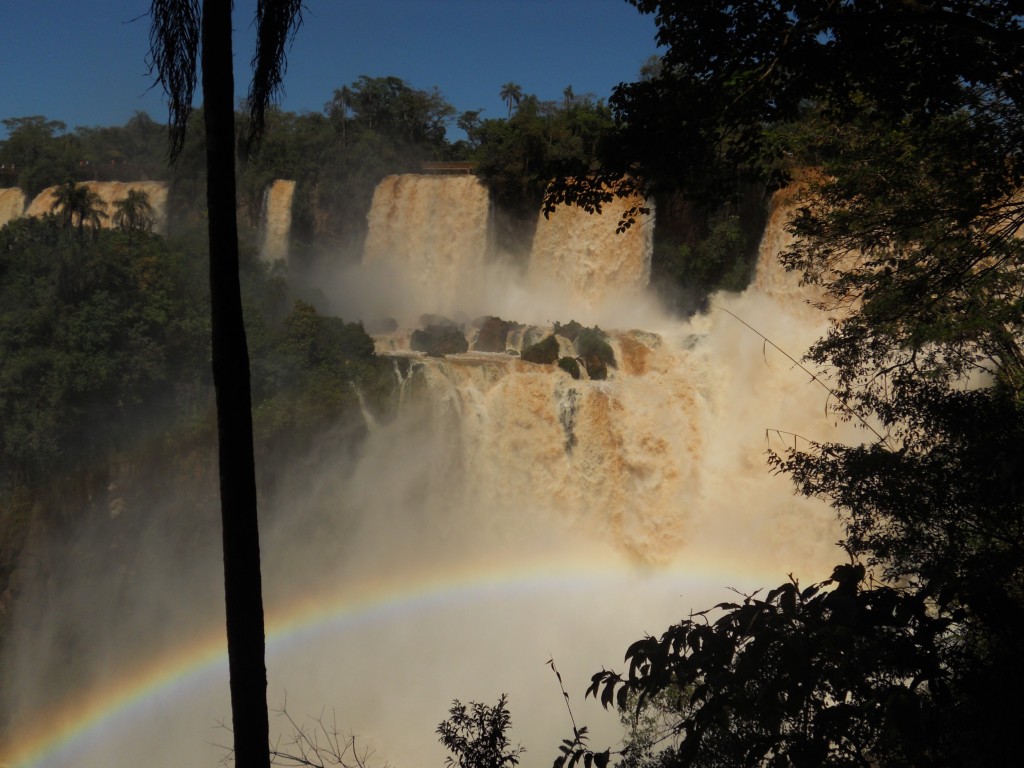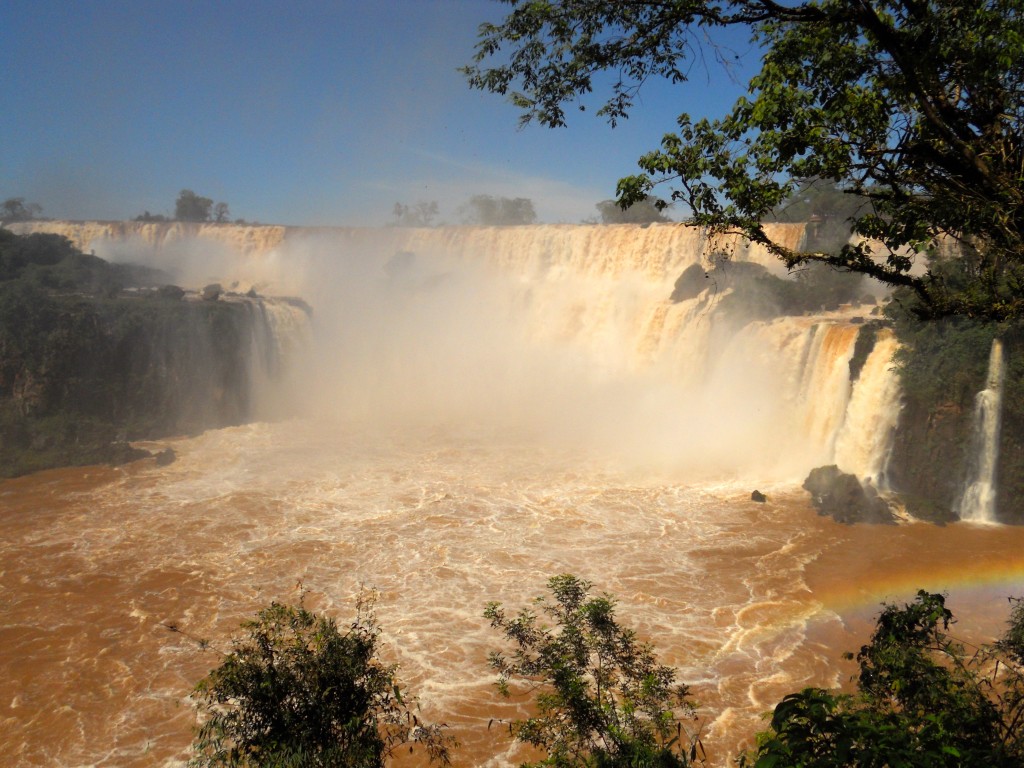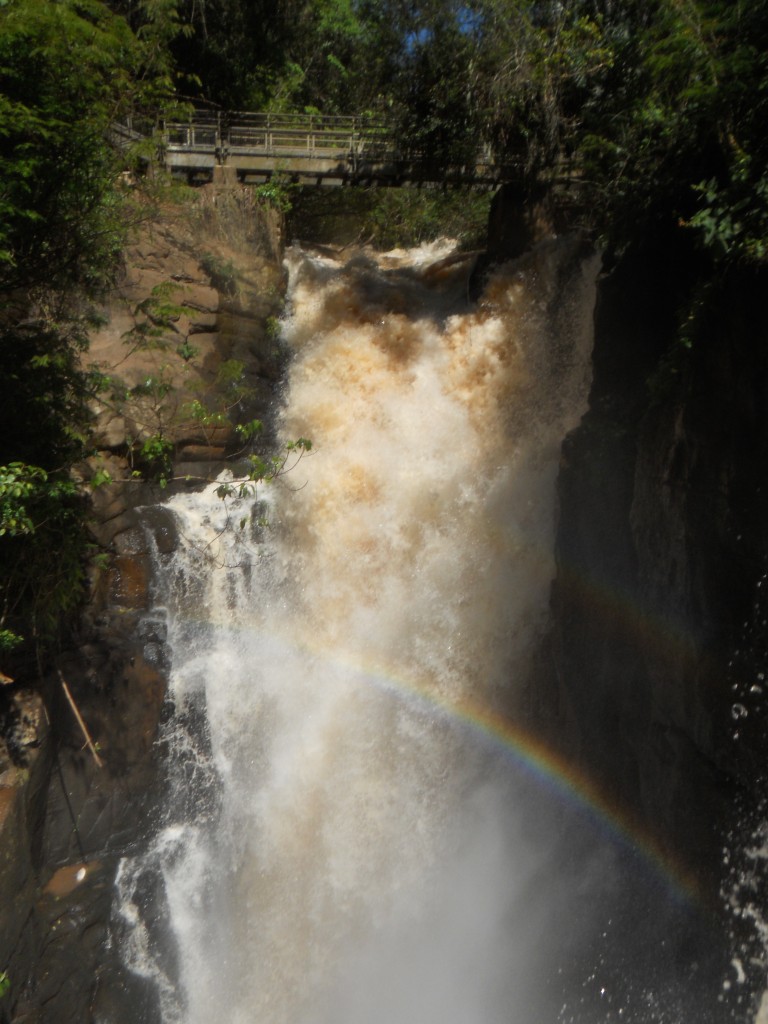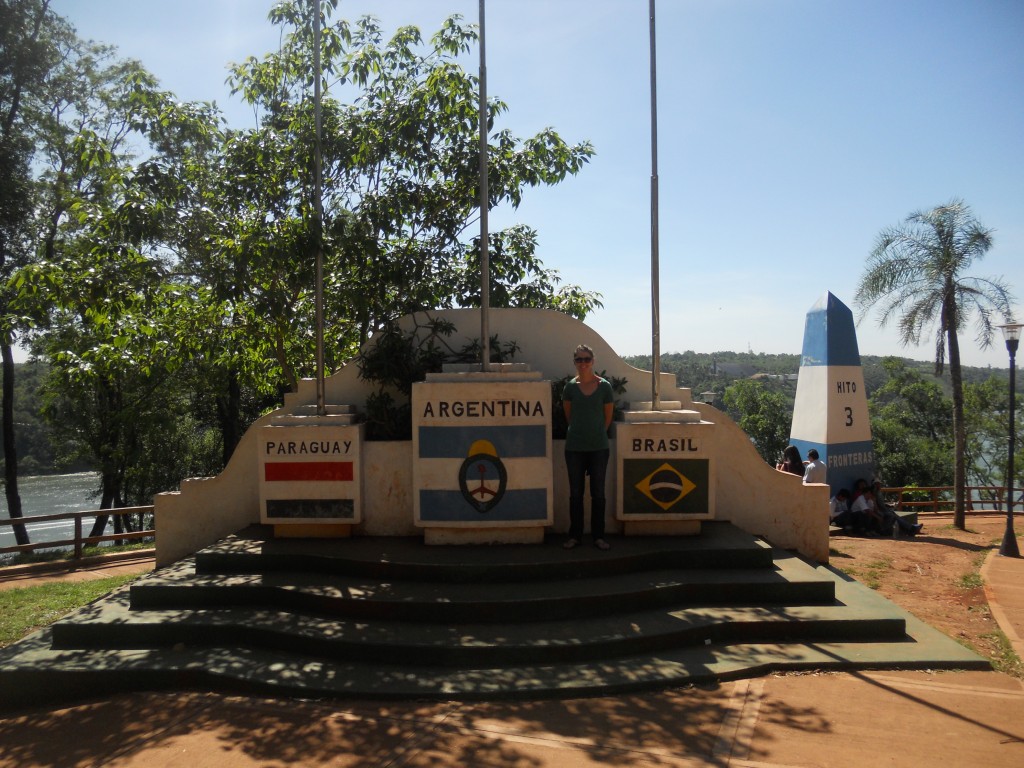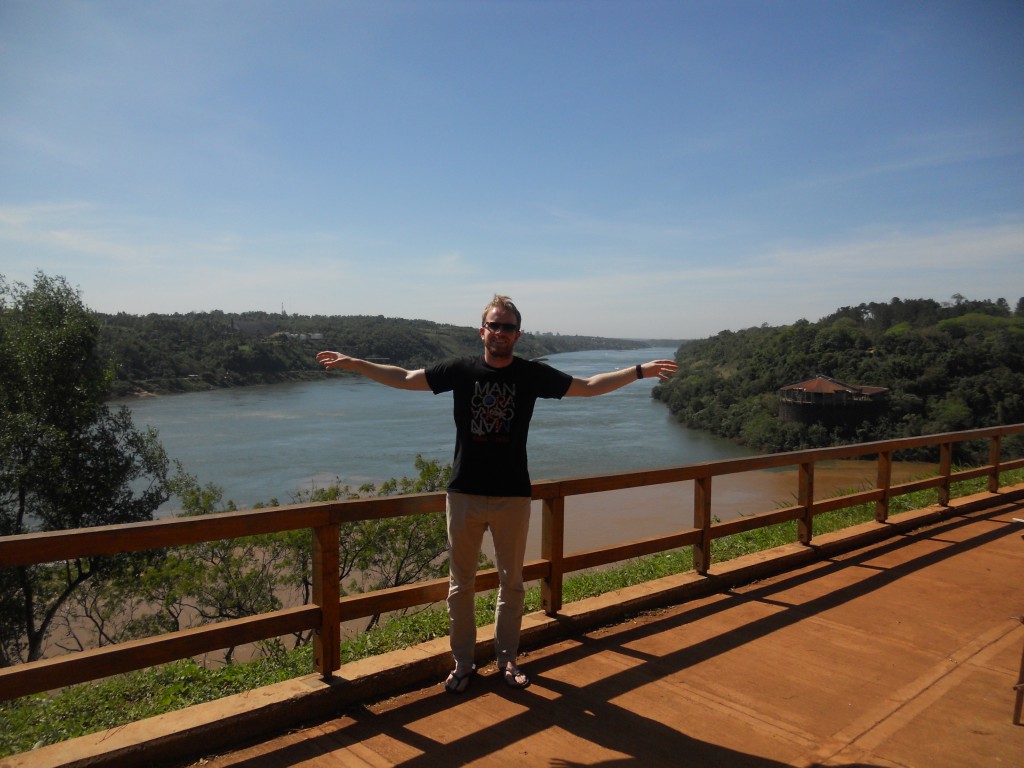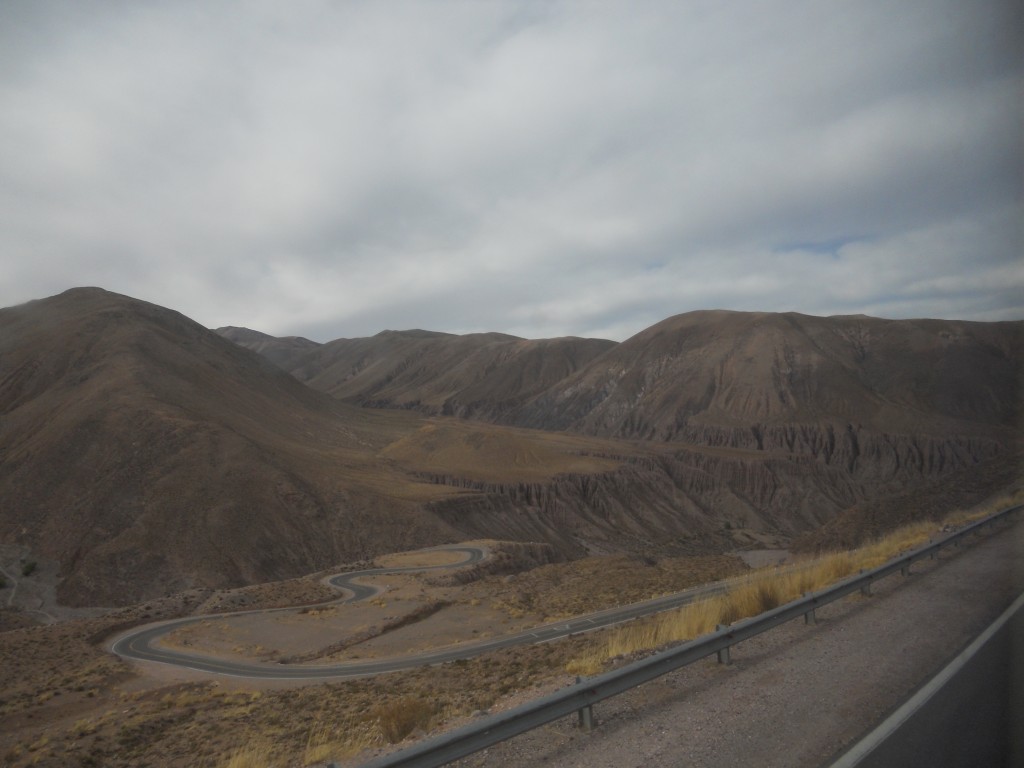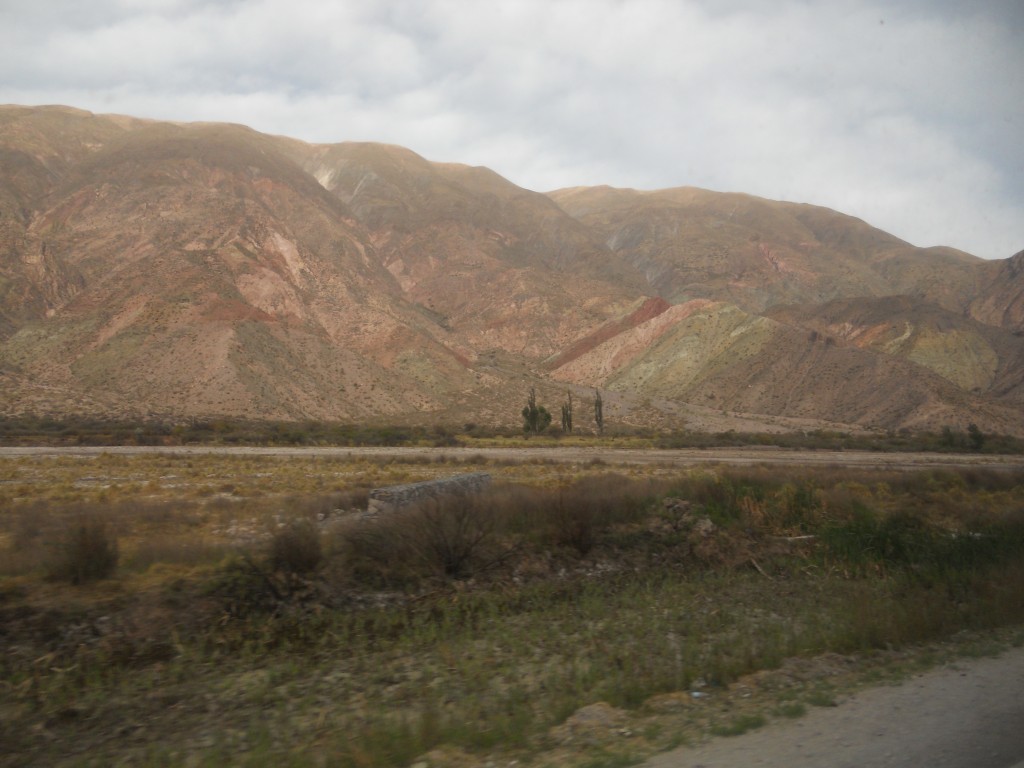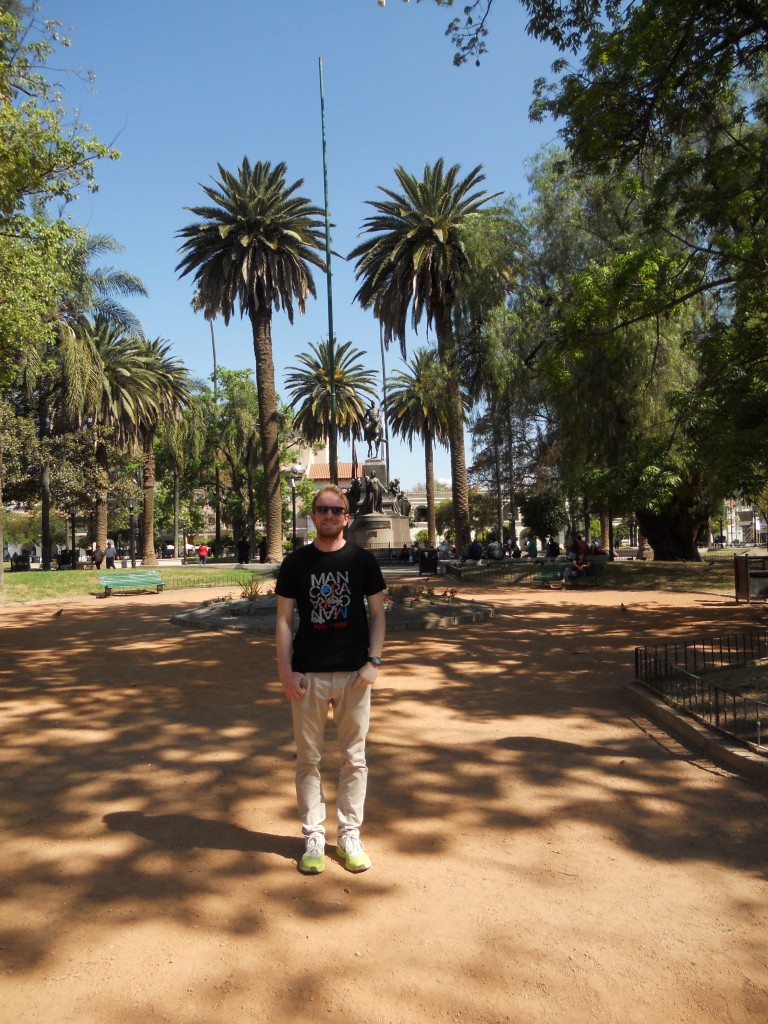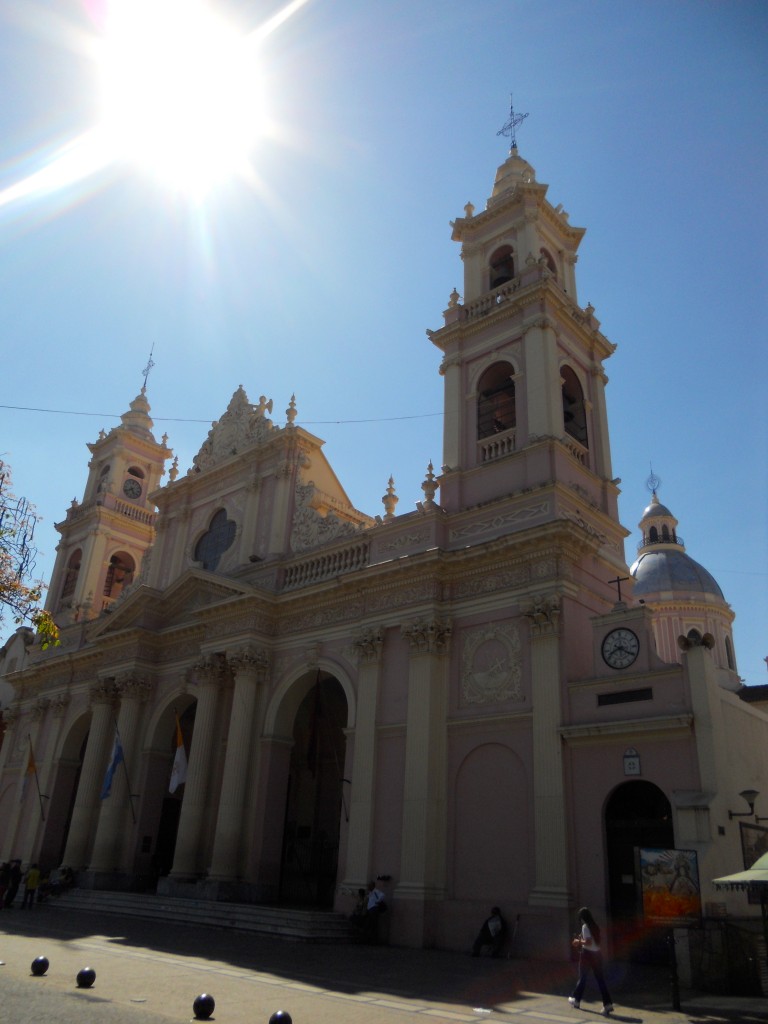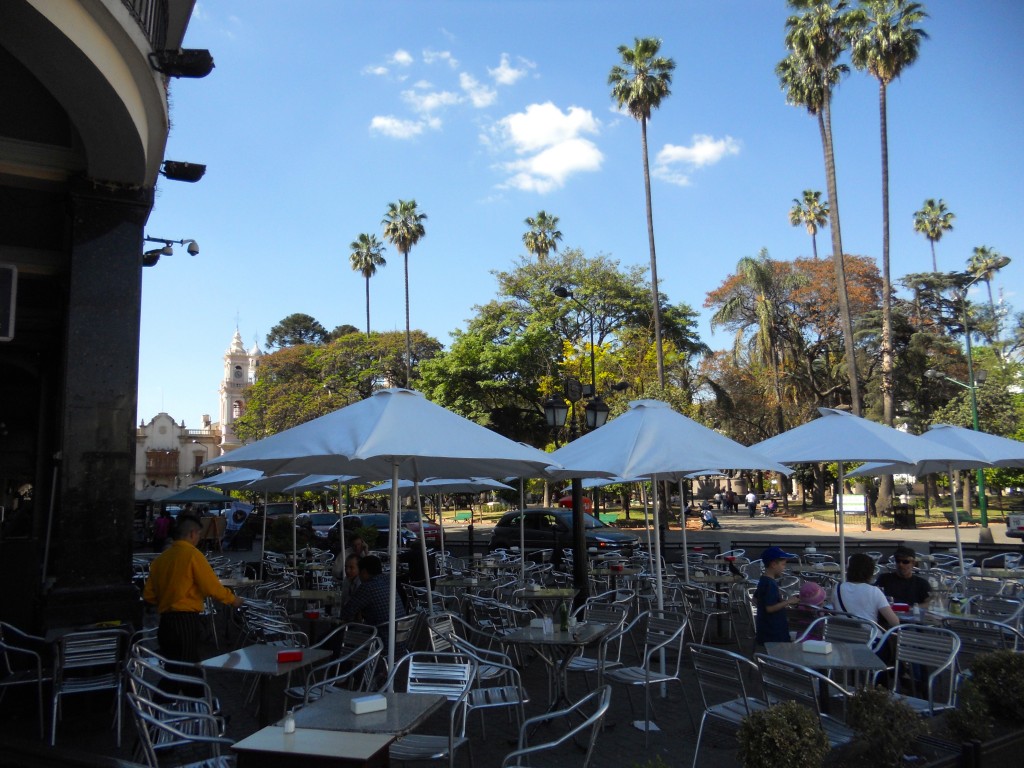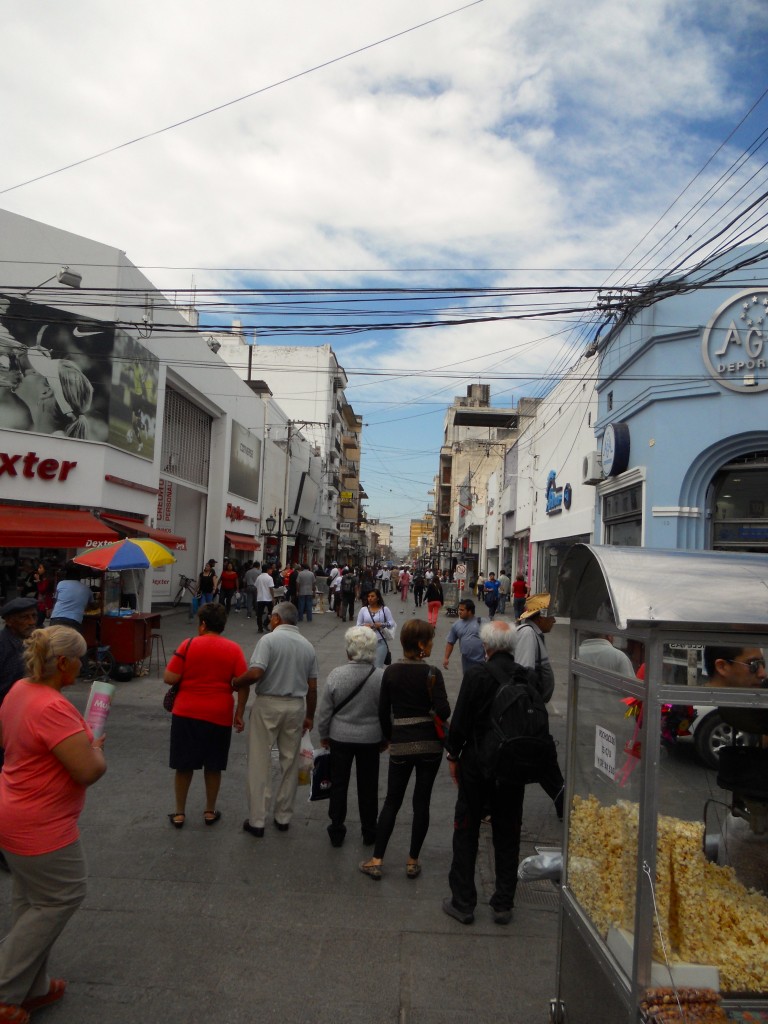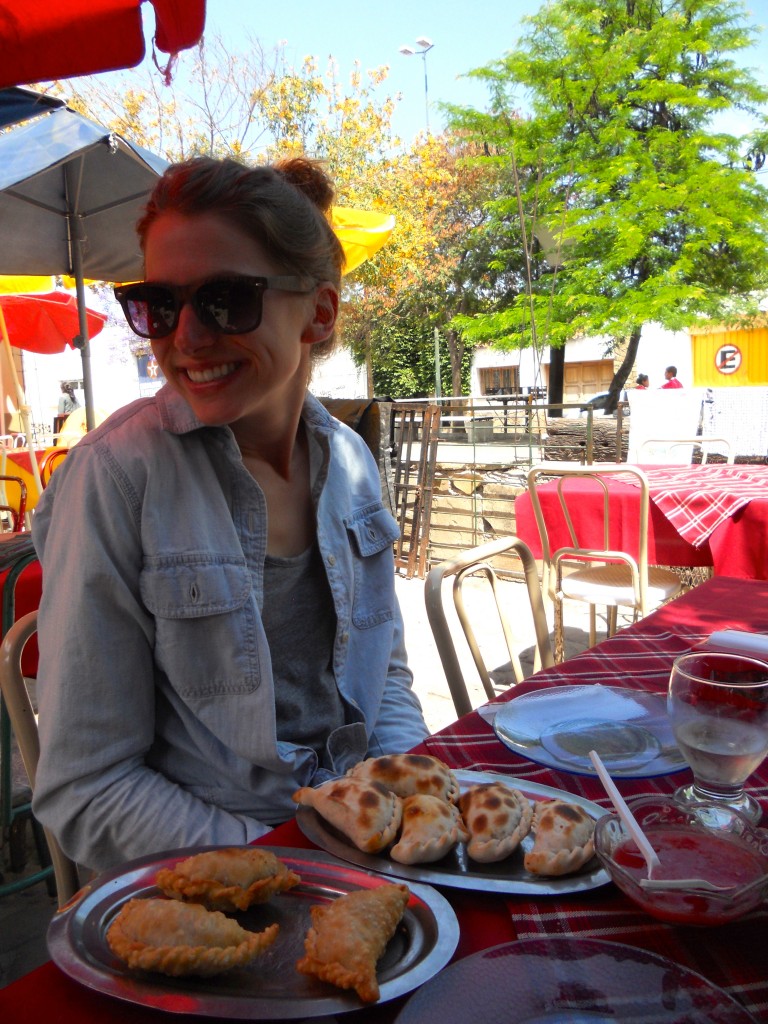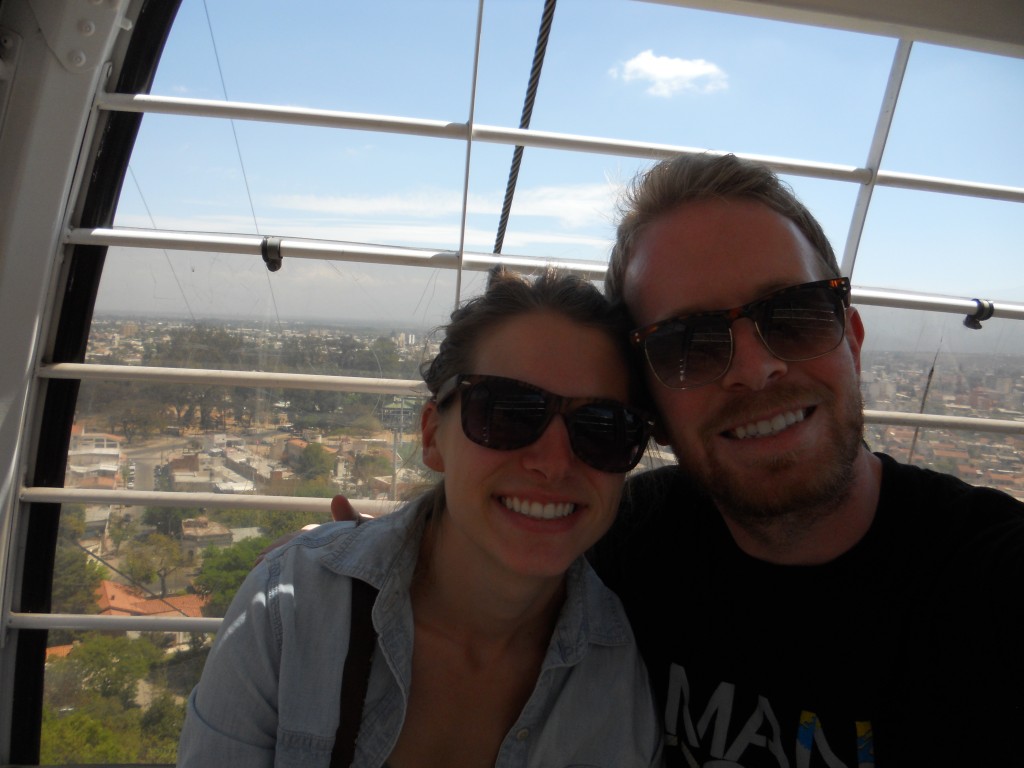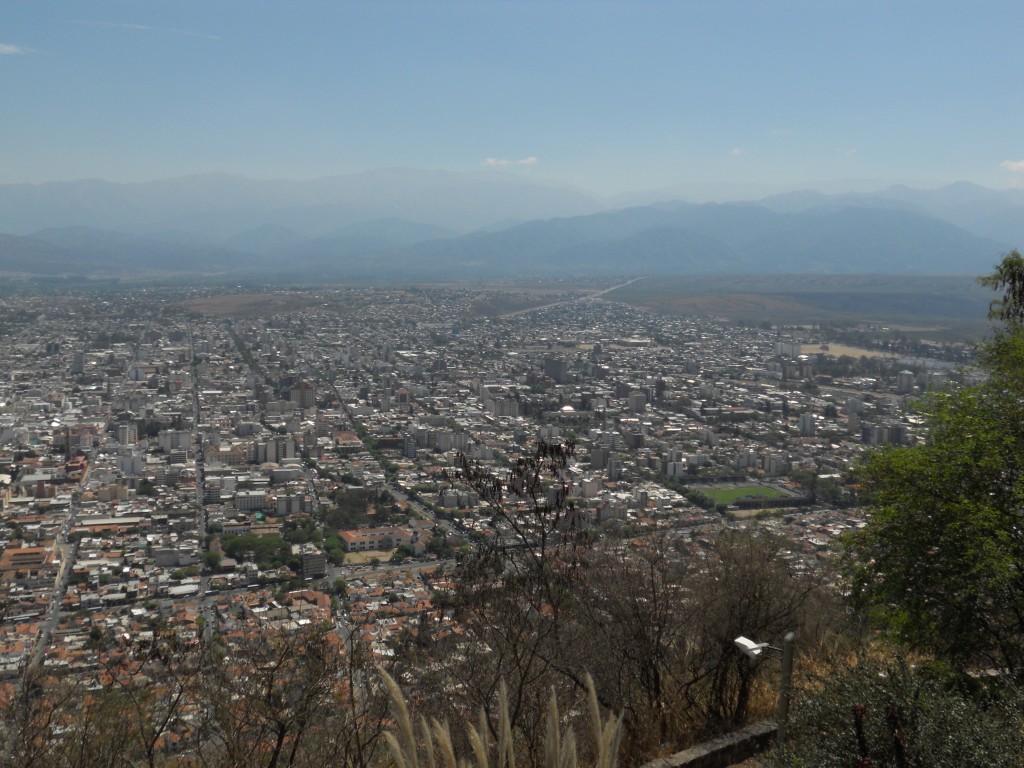Mendoza – Wine and Mountains
We were pretty excited to head to Mendoza after leaving Cordoba. Mendoza is the 4th largest city in Argentina and is in probably the most popular wine region of South America. In addition to being a popular wine region, Mendoza is also quite close to the highest mountain peak of South America, named Aconcagua, which is the highest non-Himilayan peak in the world. So Wine + Mountains were our main objectives in the Mendoza area and we were able to check out both in our 4 night stay in the area.
It was on our second day in Mendoza that we took a day trip out into the mountain range that contained Aconcagua, and it was absolutely gorgeous. Below are a smattering of photos of the mountains that do not really do justice to what it looks like in person.
On our fourth day we went out to the Maipu region (small town outside of Mendoza where a lot of wineries are) to do a bike tour of some of wineries in the area. We rode our bikes to 3 wineries that day. A couple of which had distribution to the United States (and one which we have had before, from ‘Trapiche’). While the region is famously known for its Malbecs, our favorite wine of the day was a Torrontes.
Outside of mountains and wineries, Mendoza is a charming little city on its own, so we spent the rest of our time exploring the area (and drinking the free wine provided by our hostel 🙂 )
